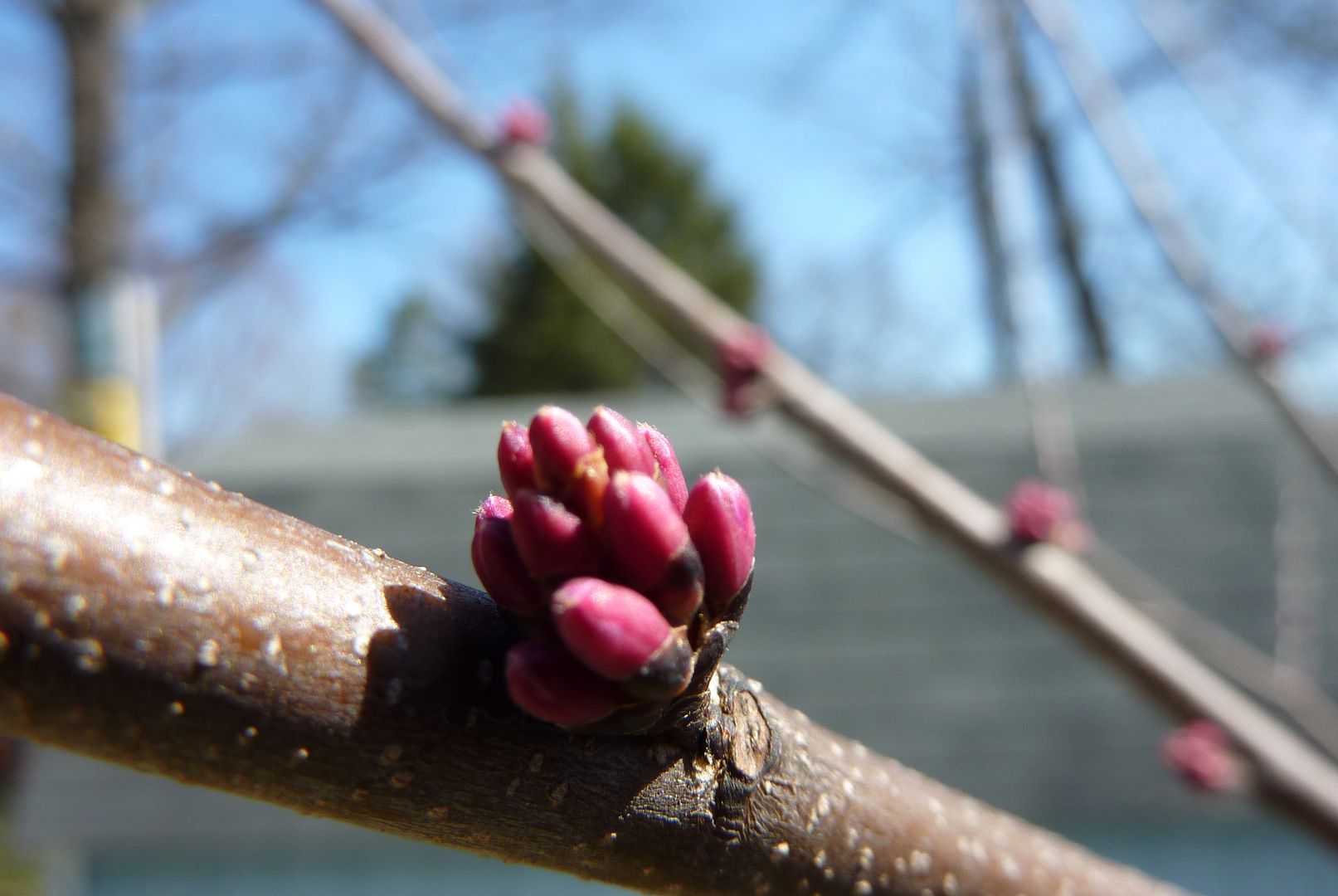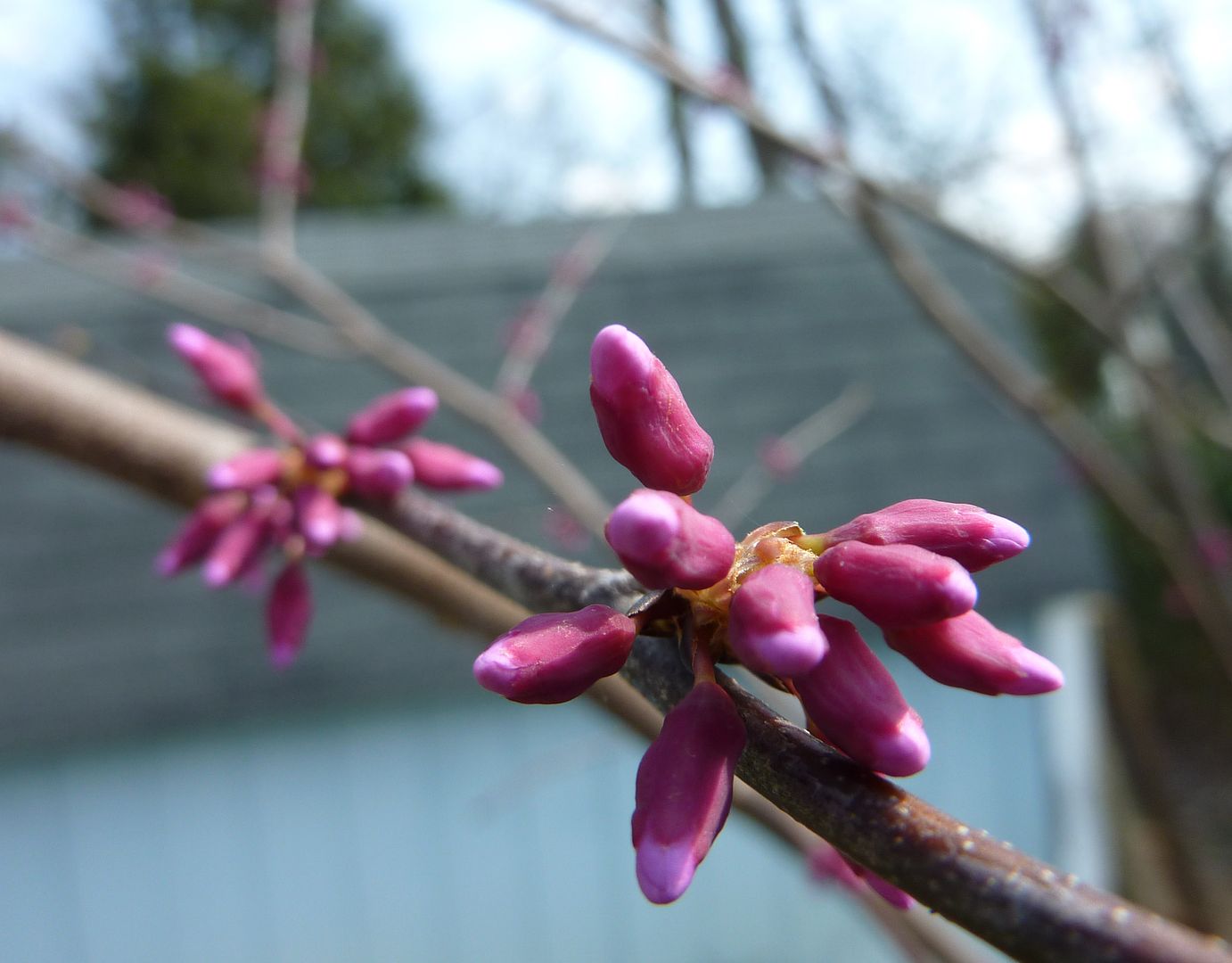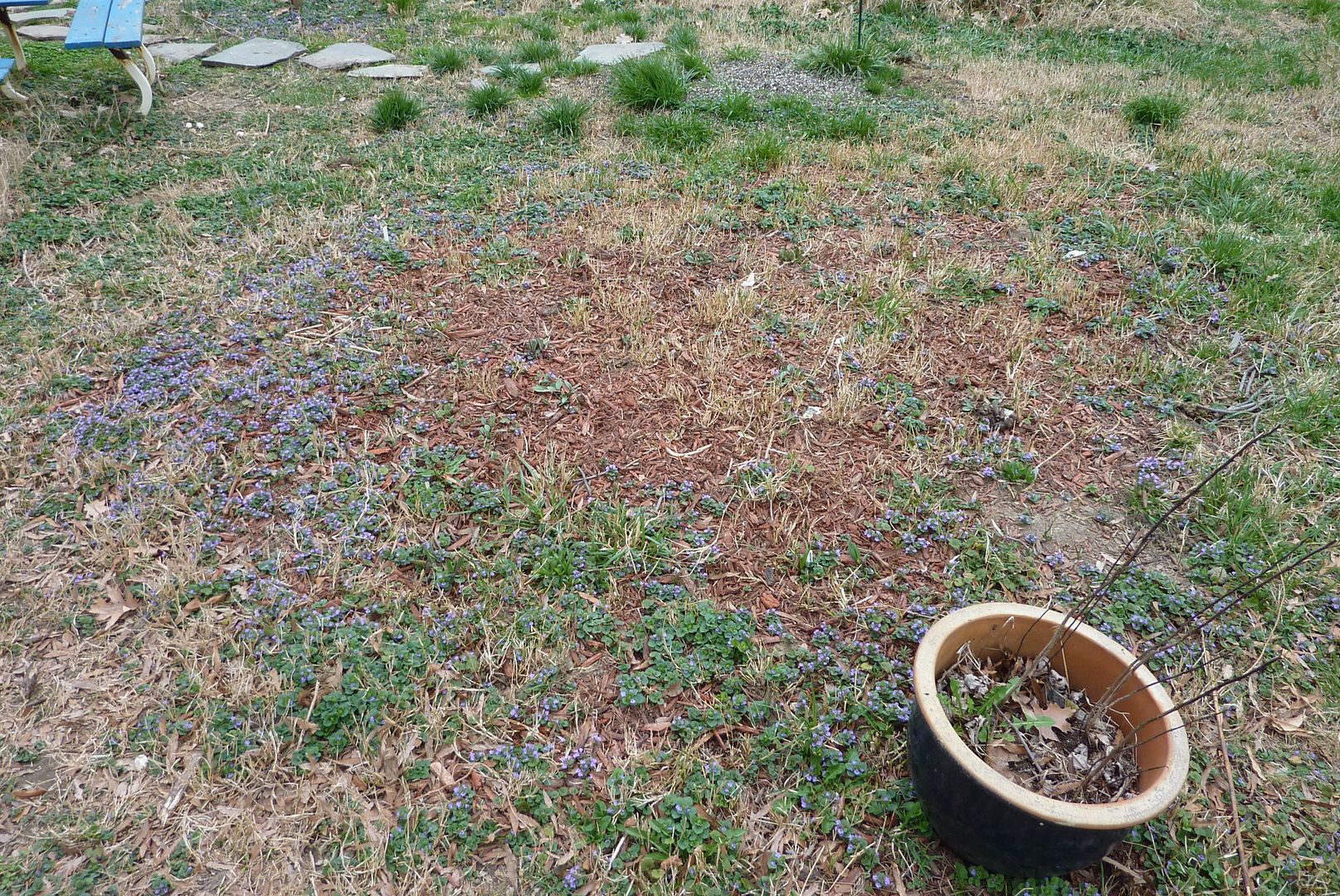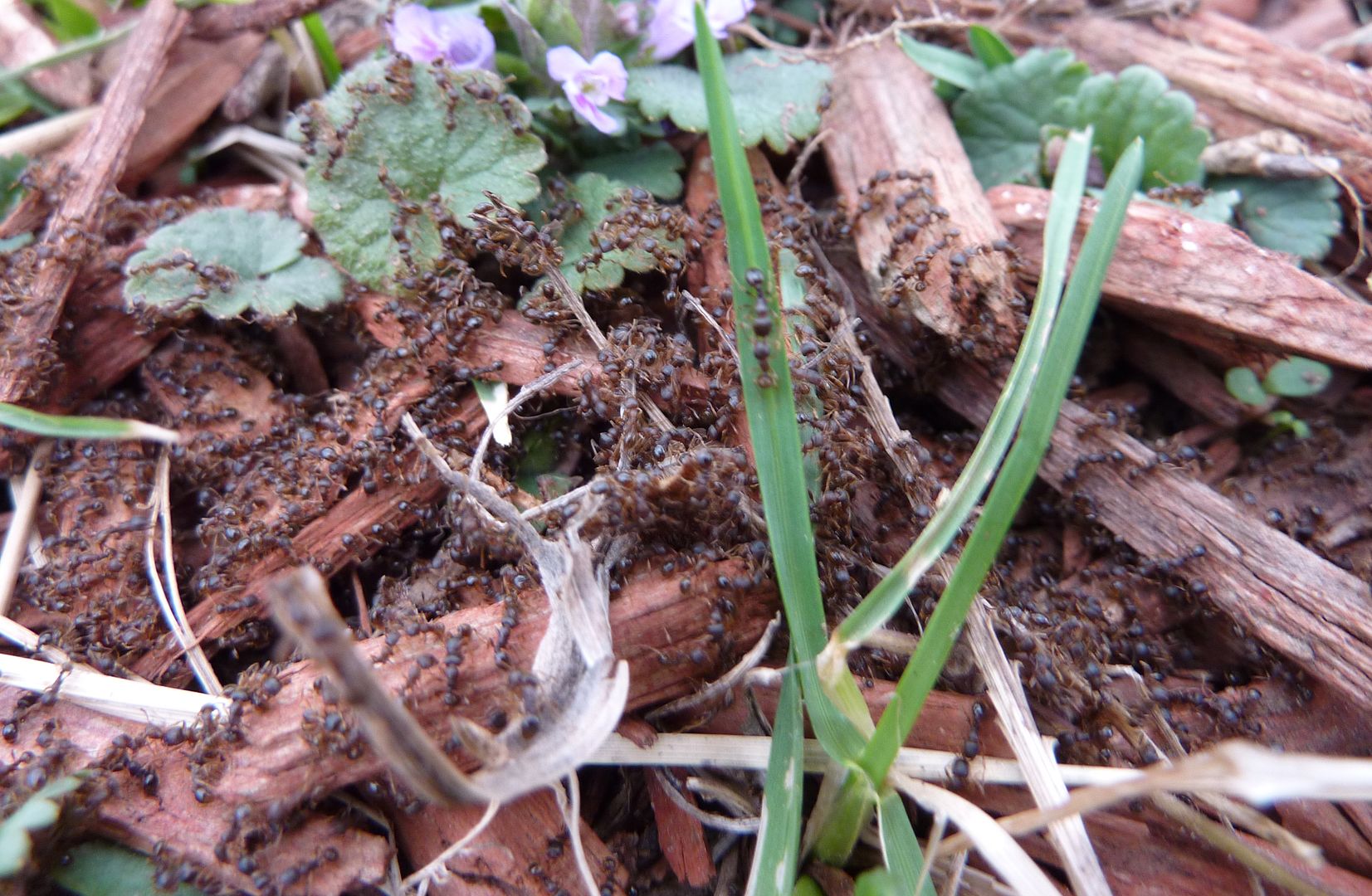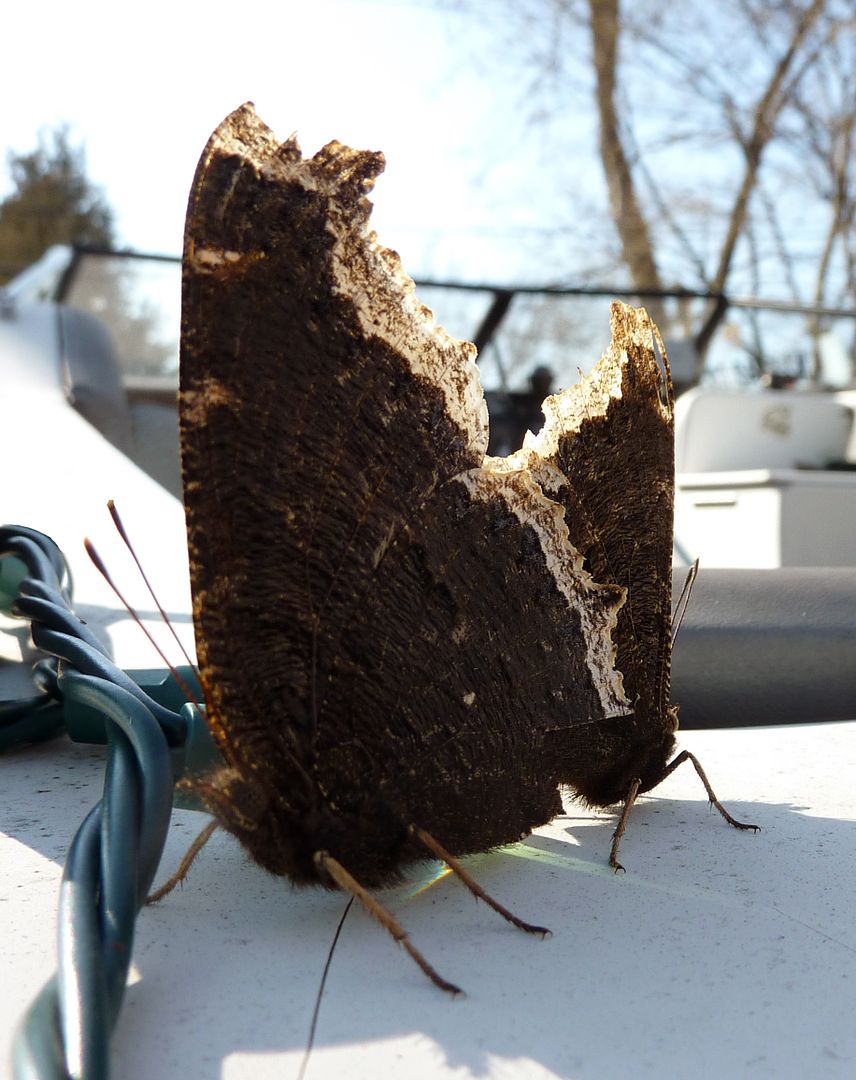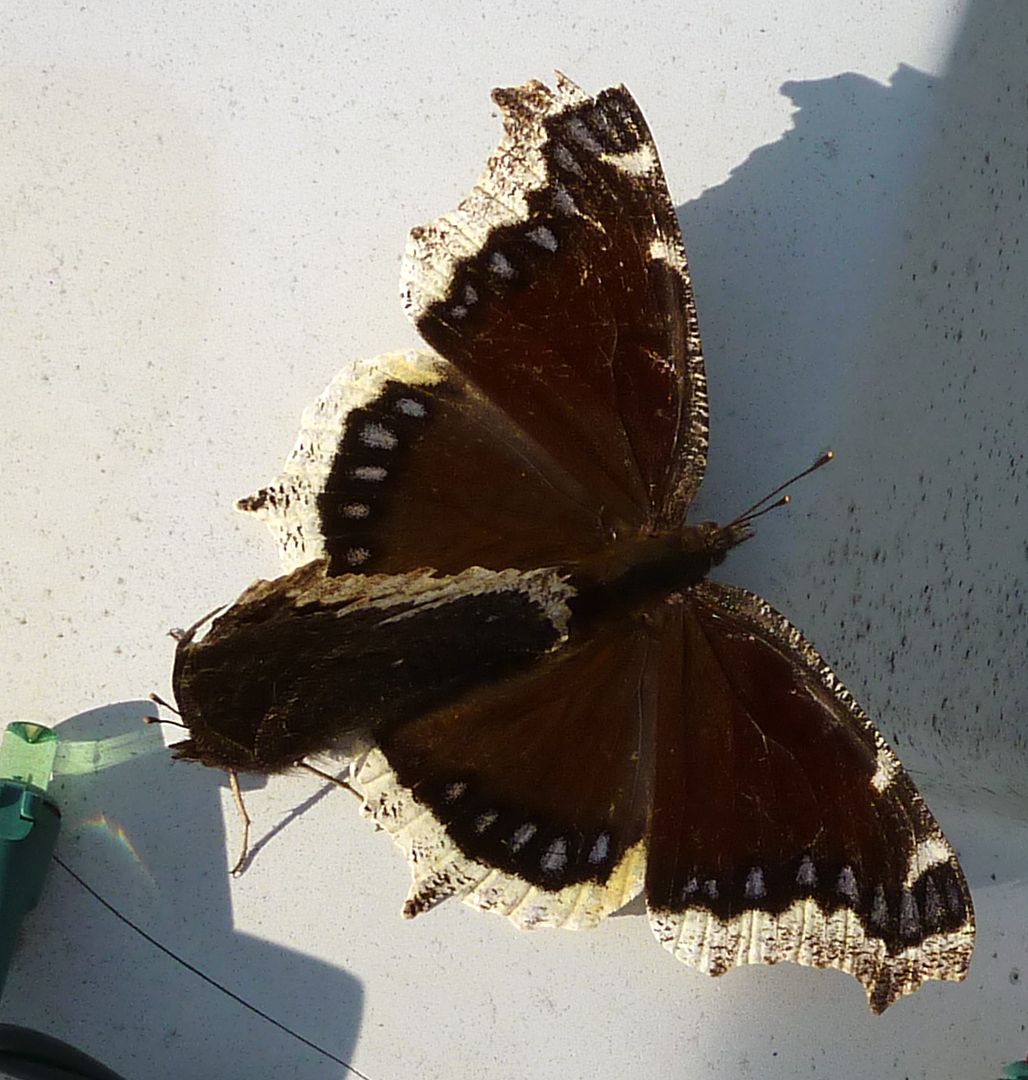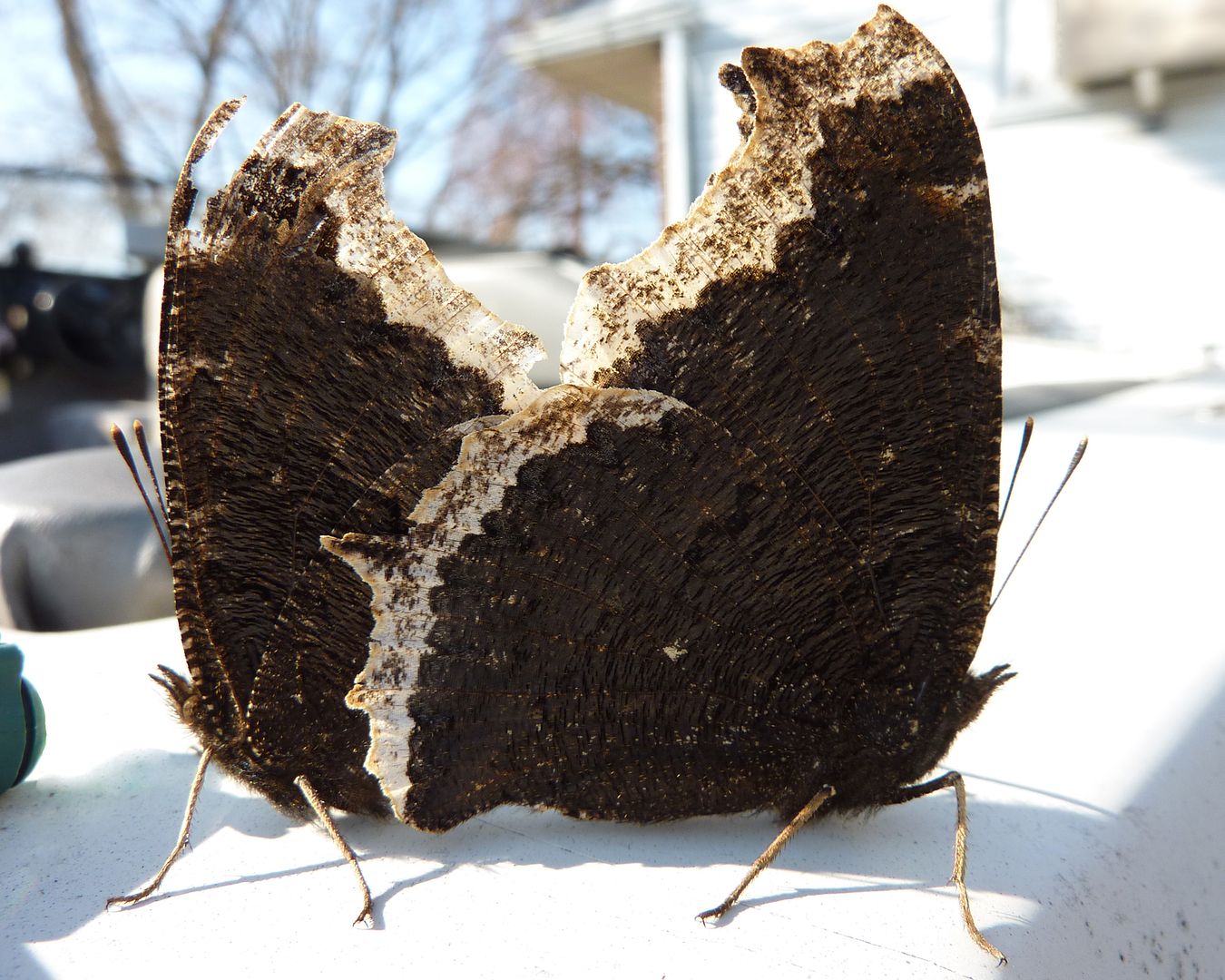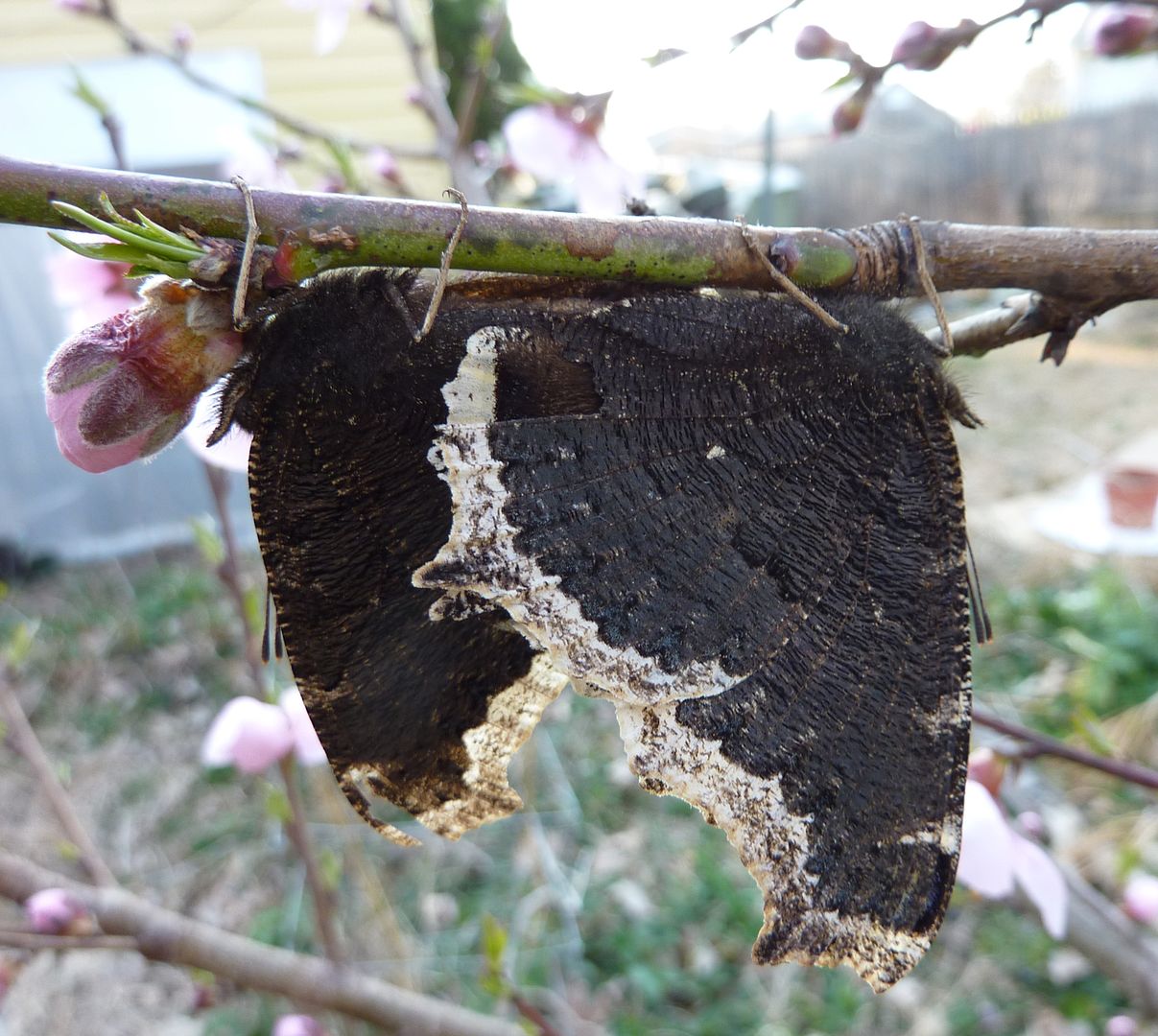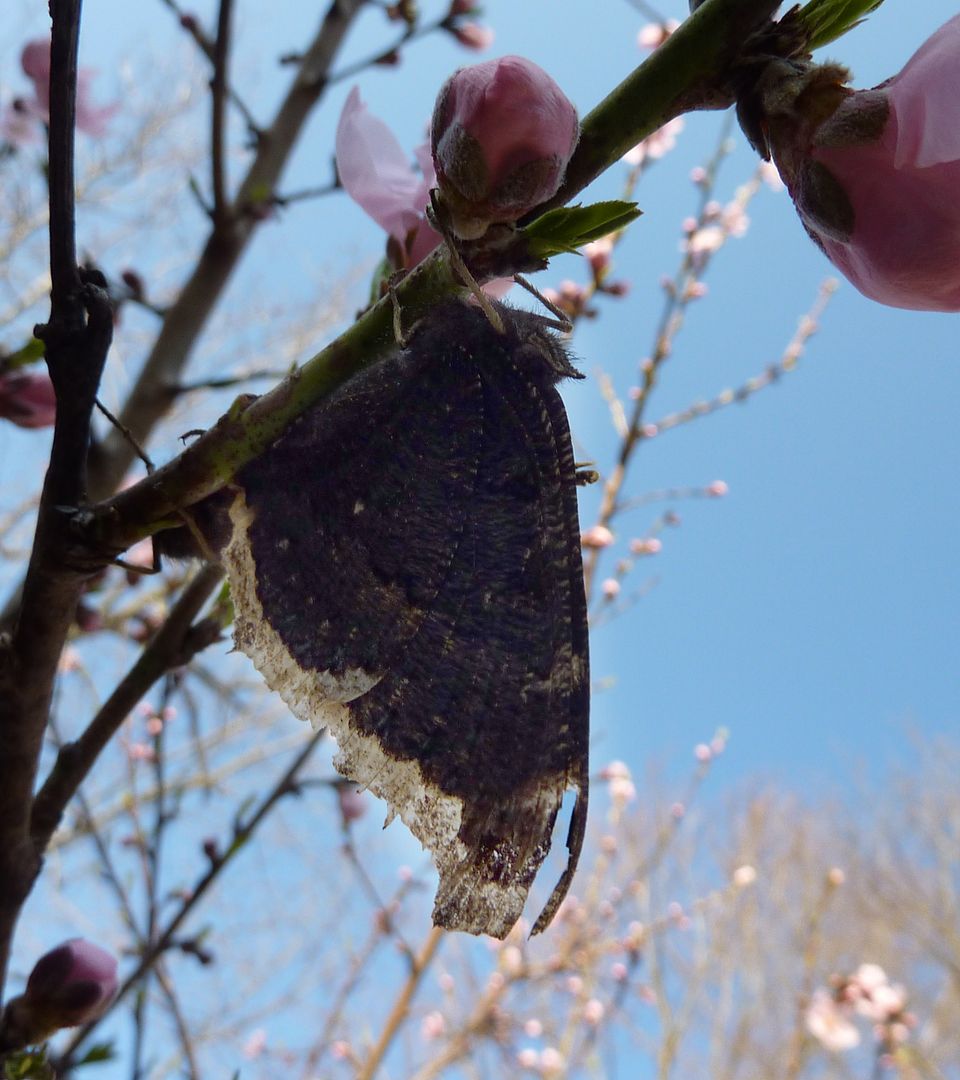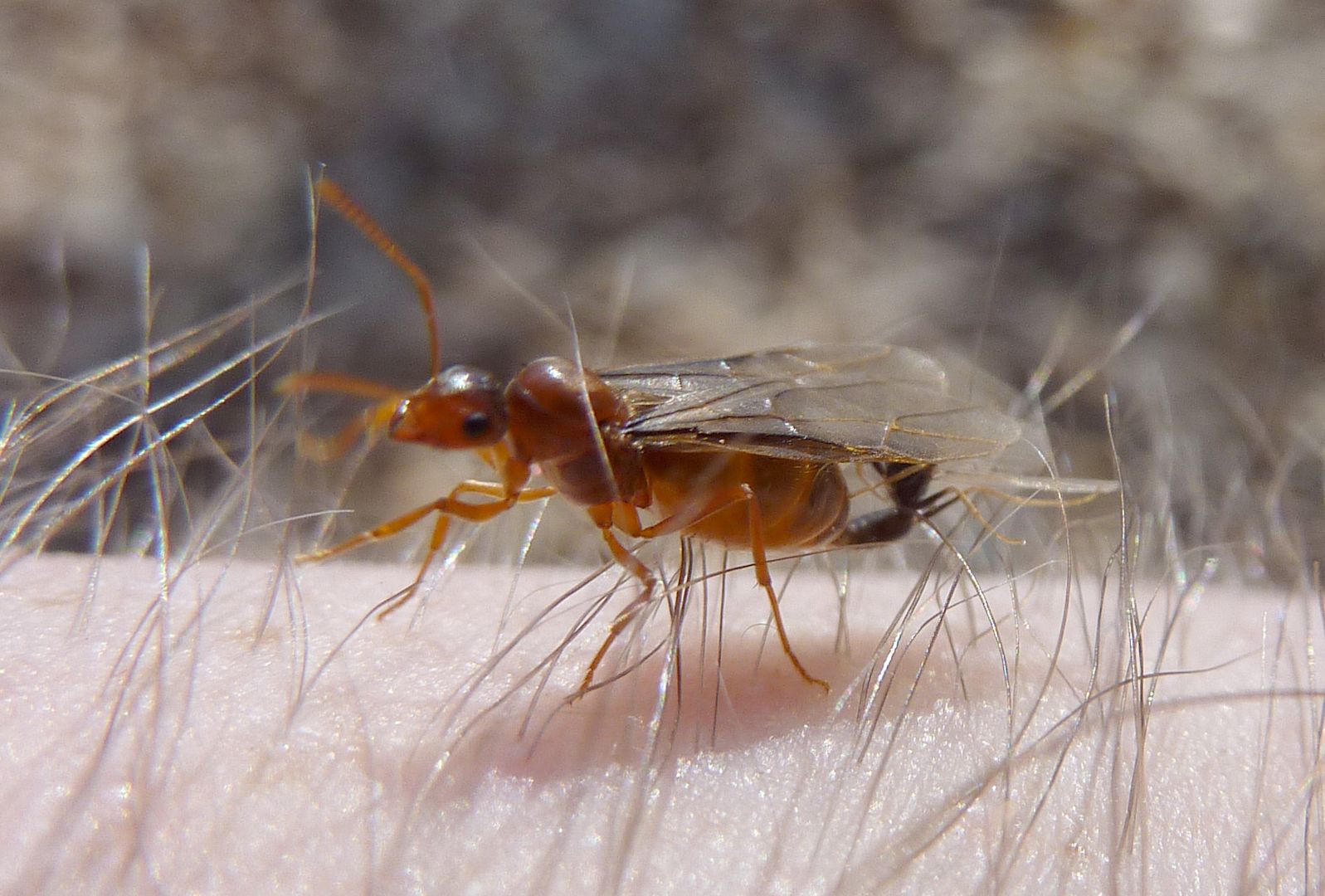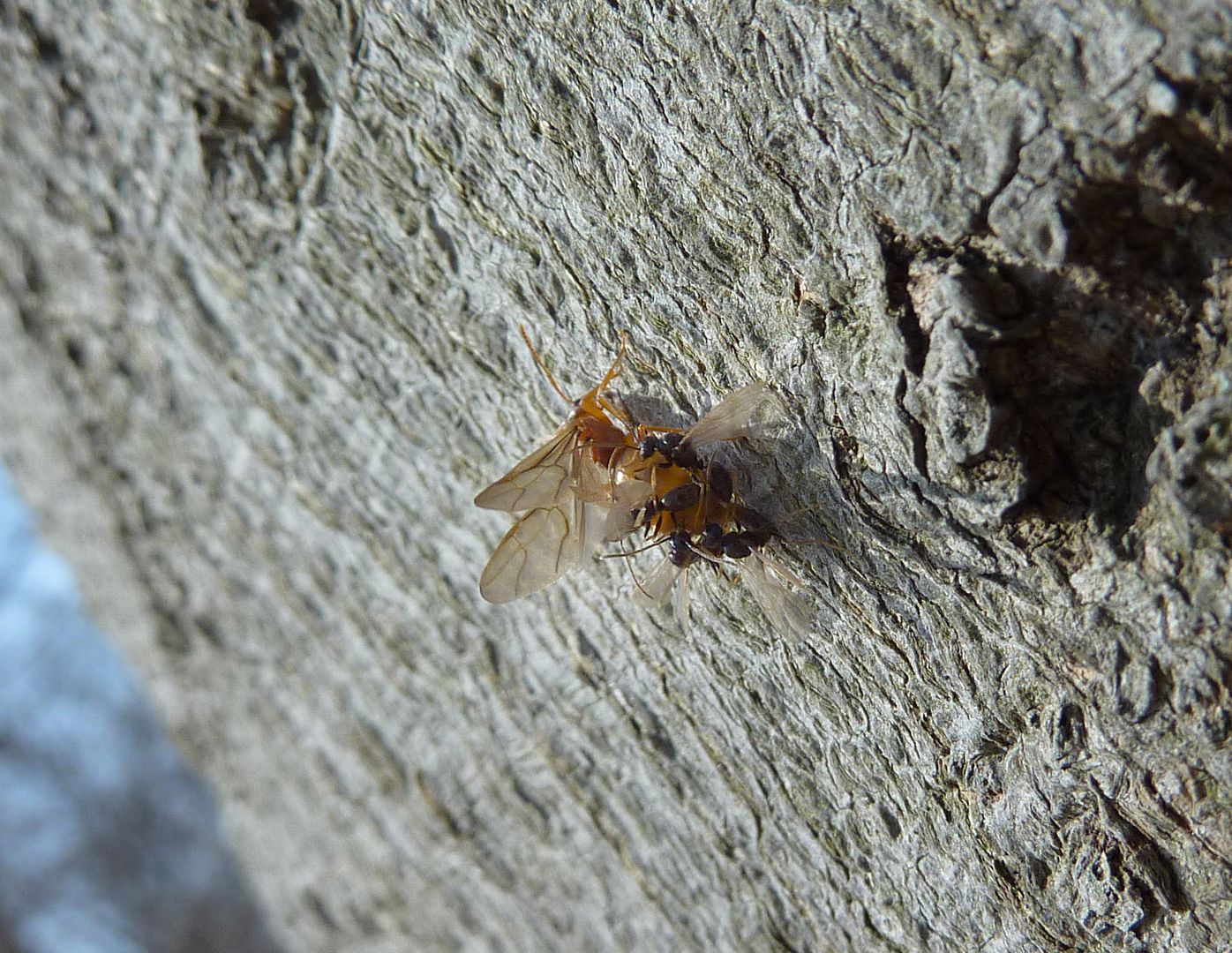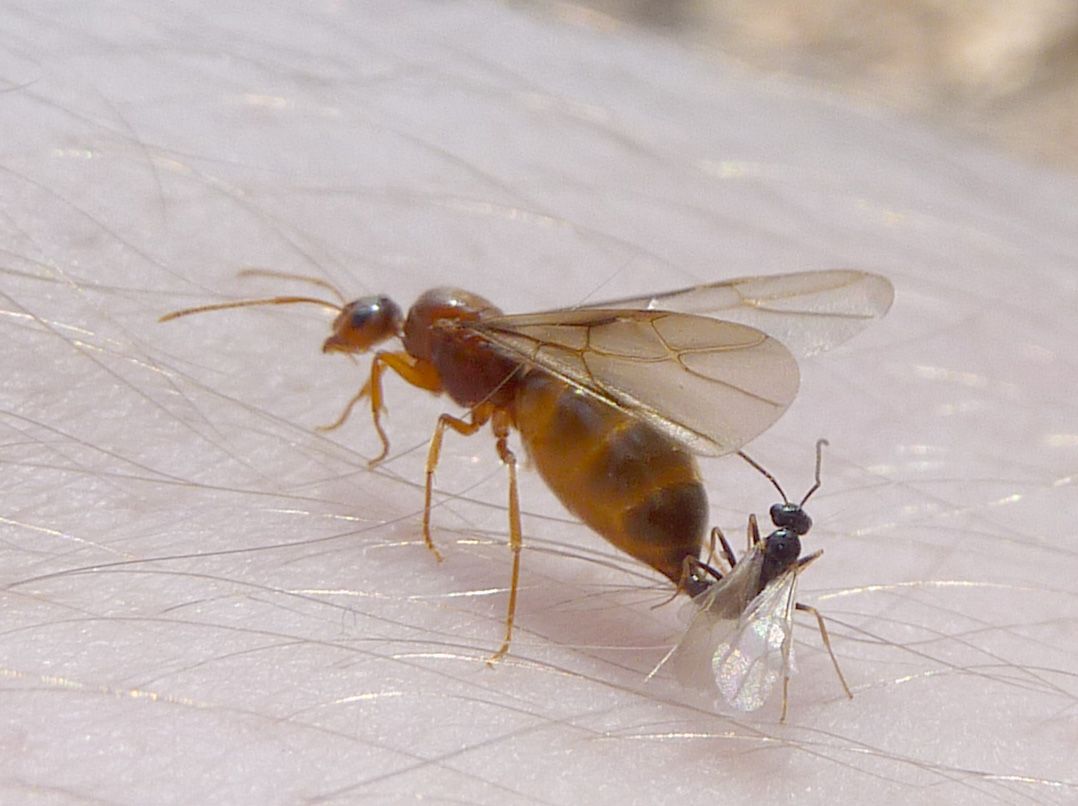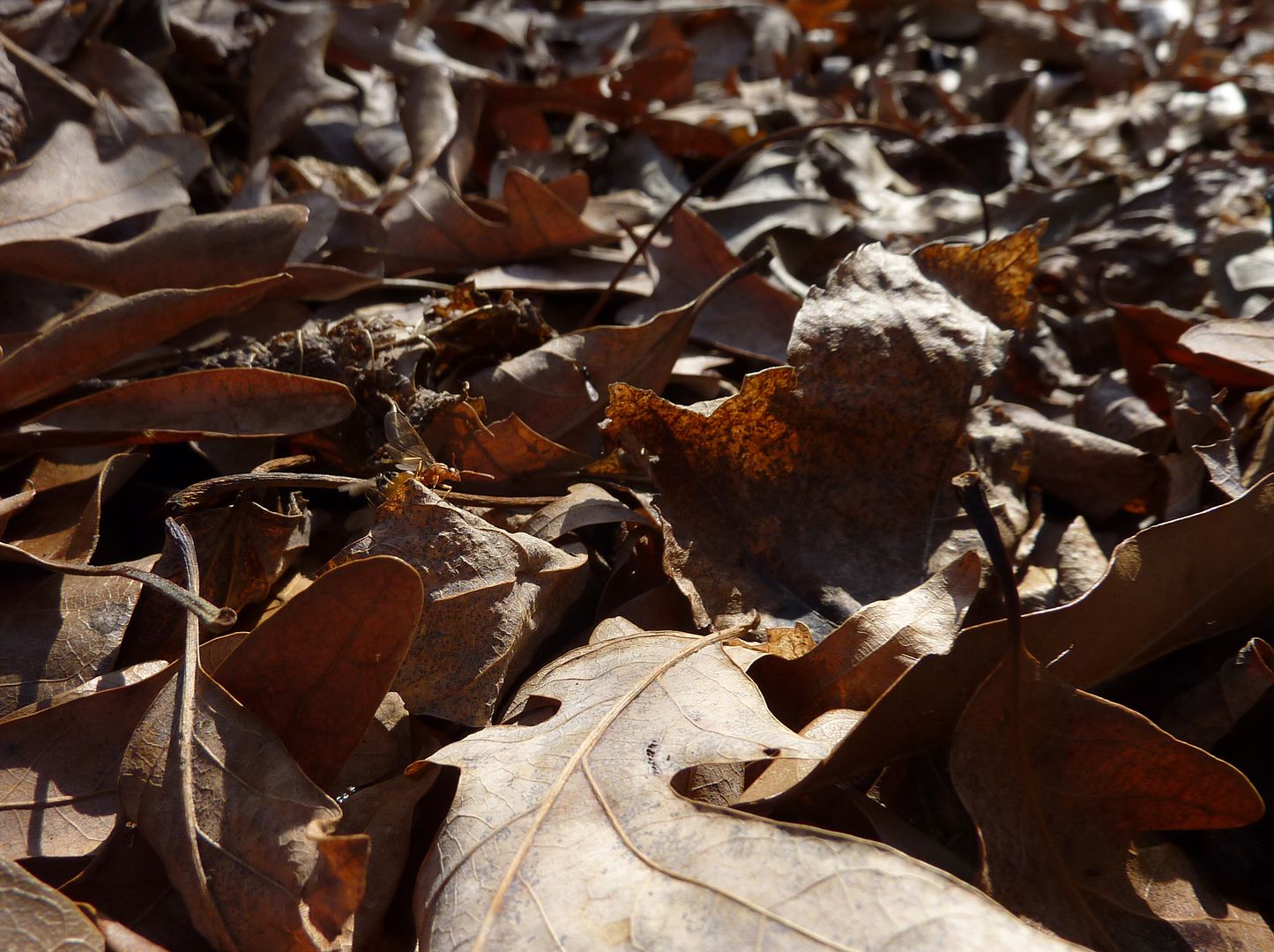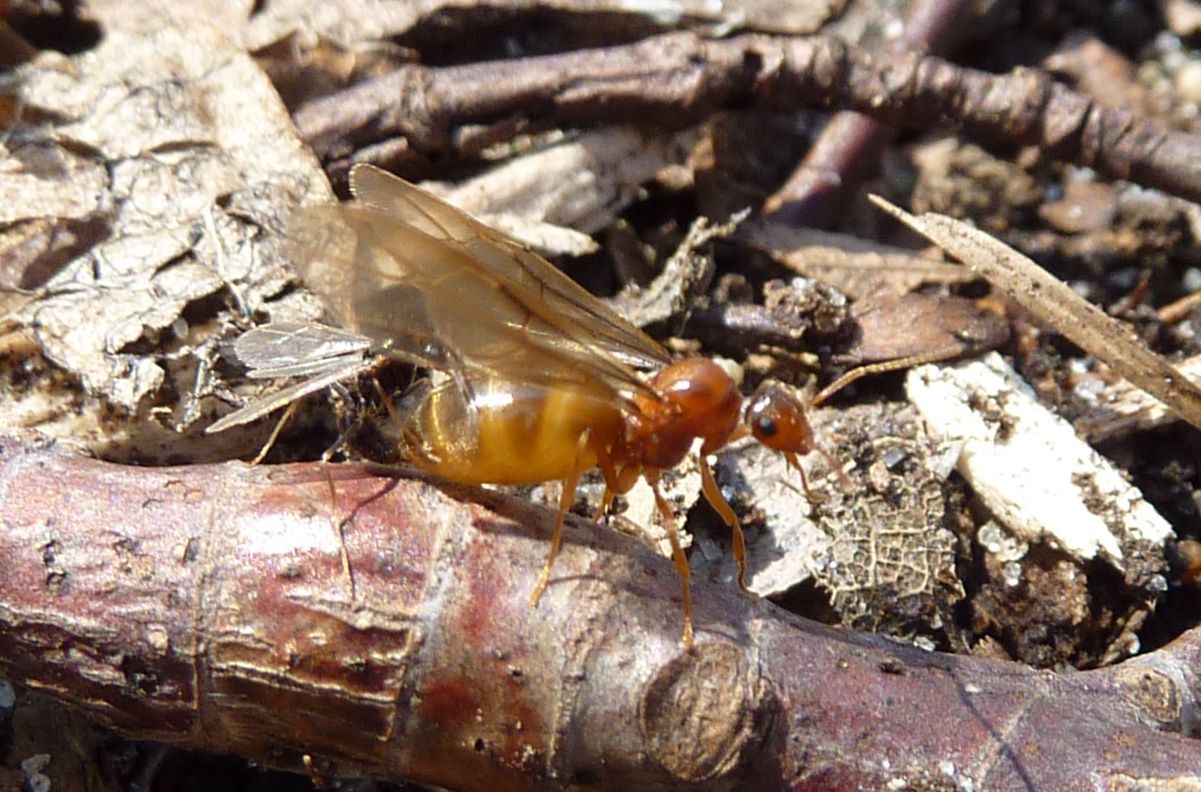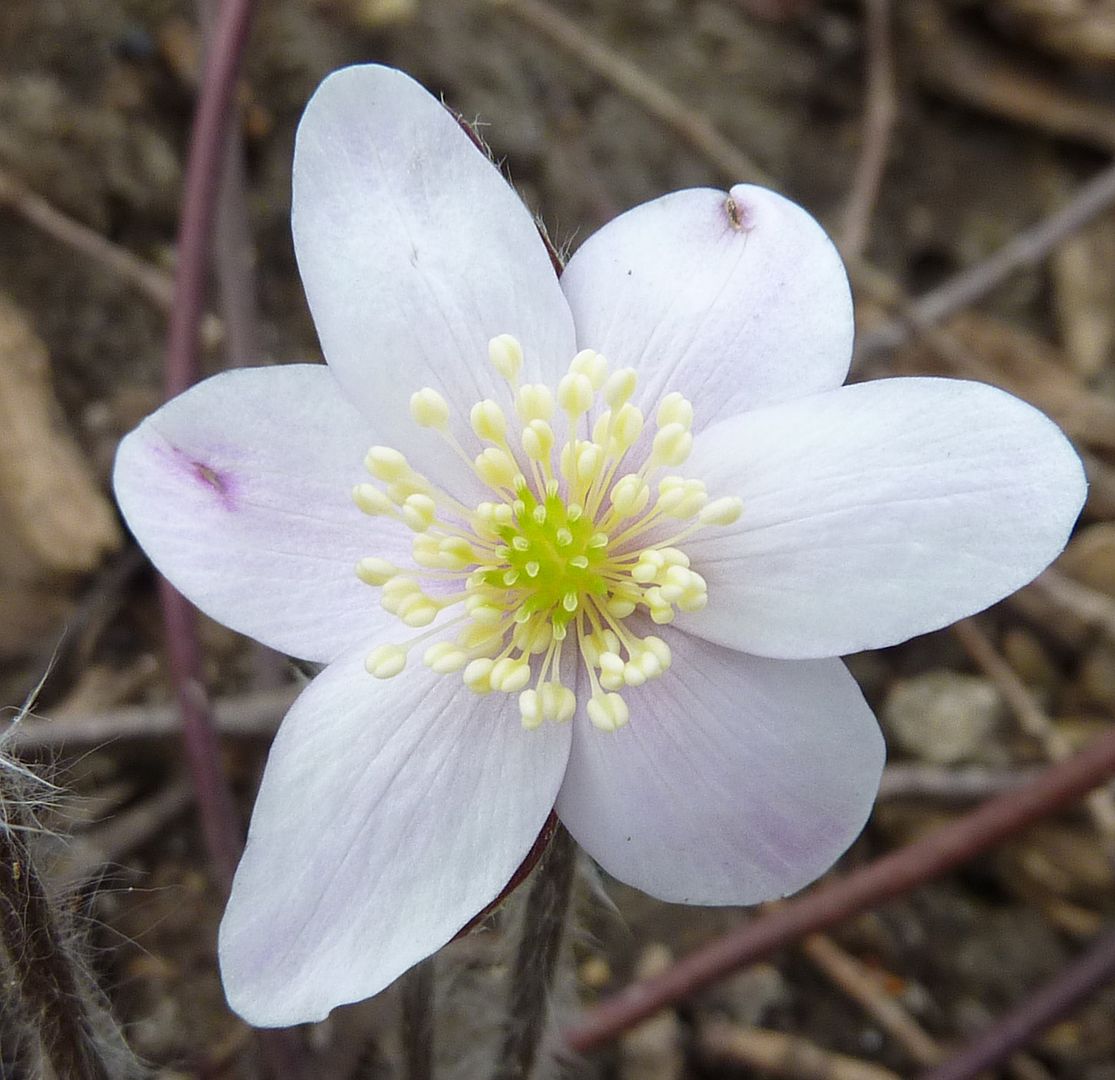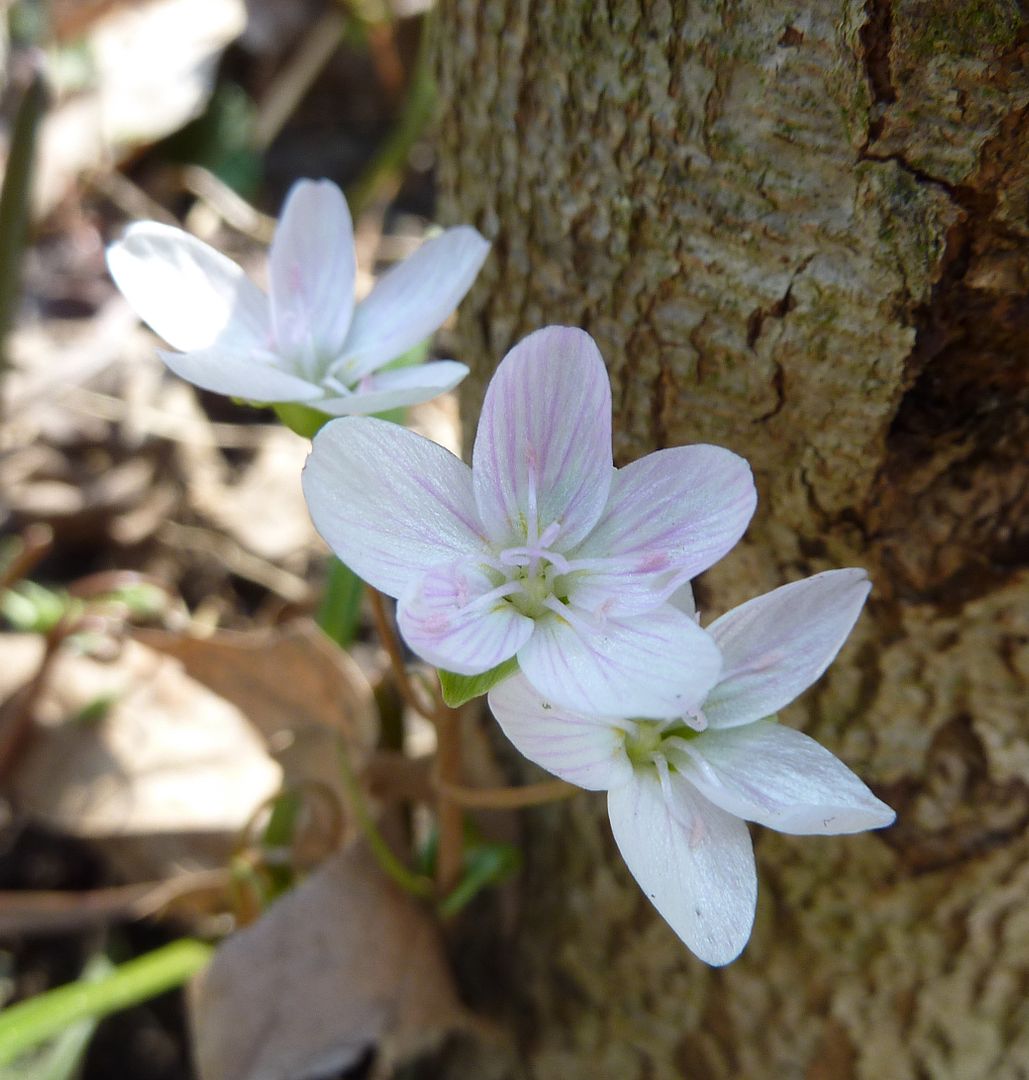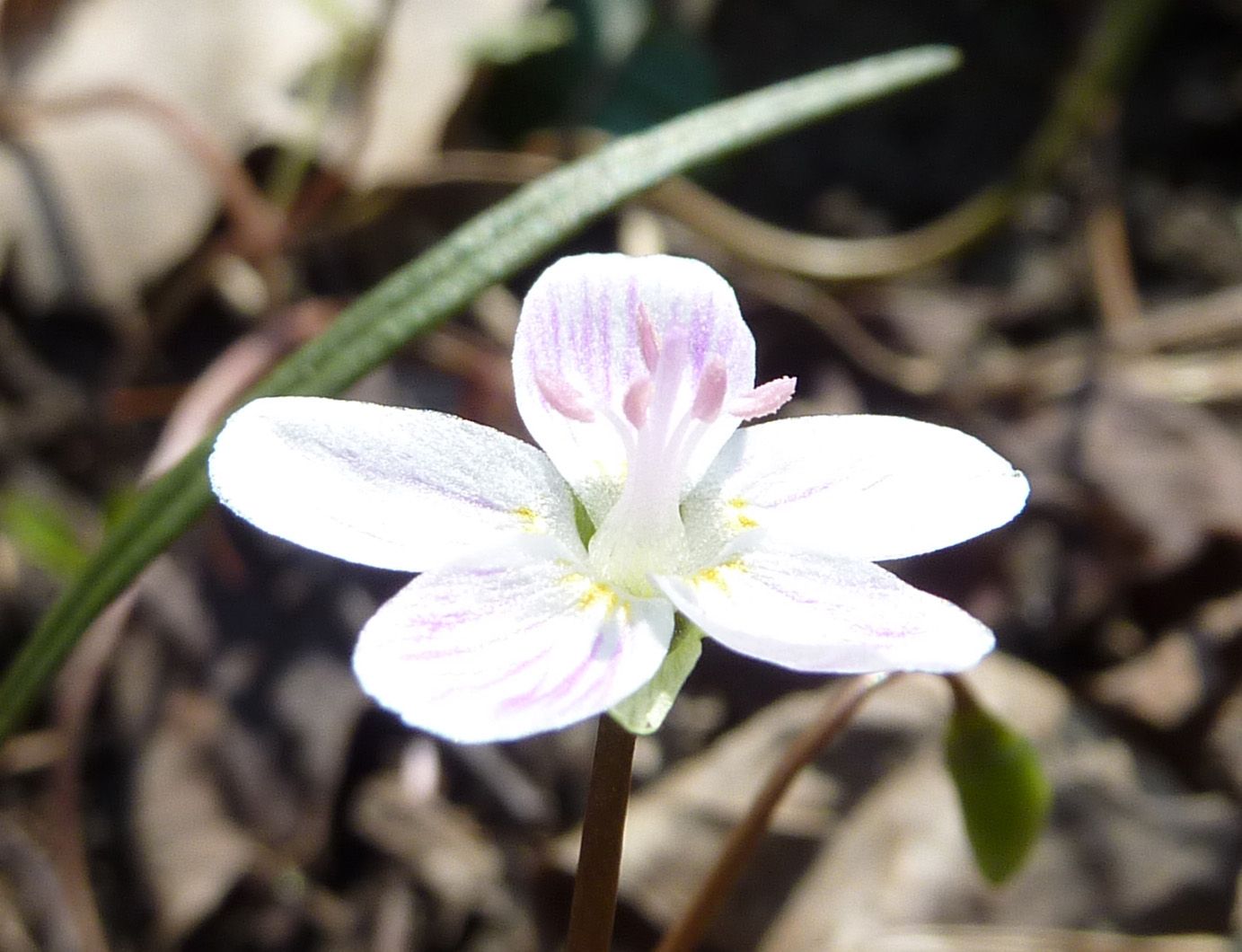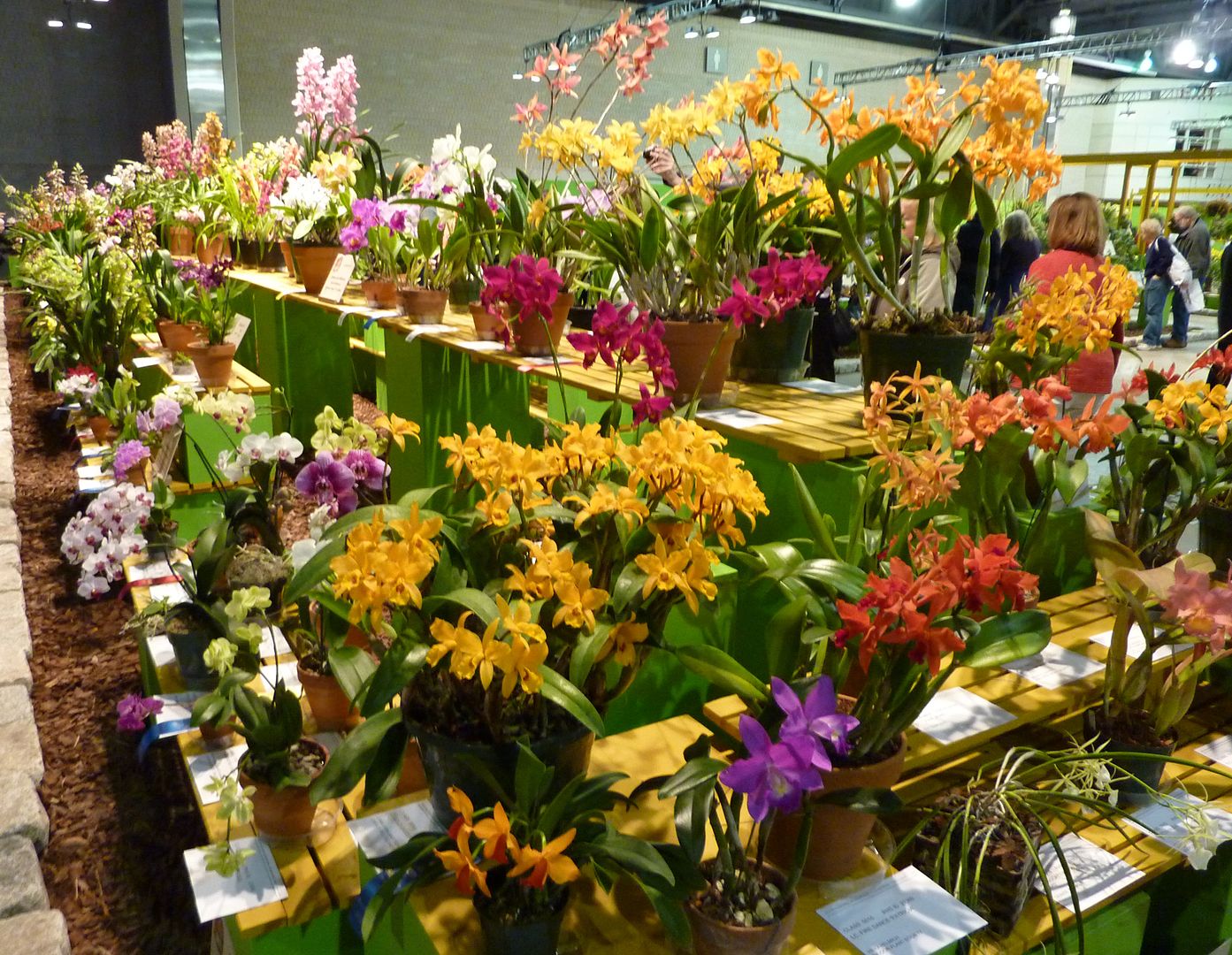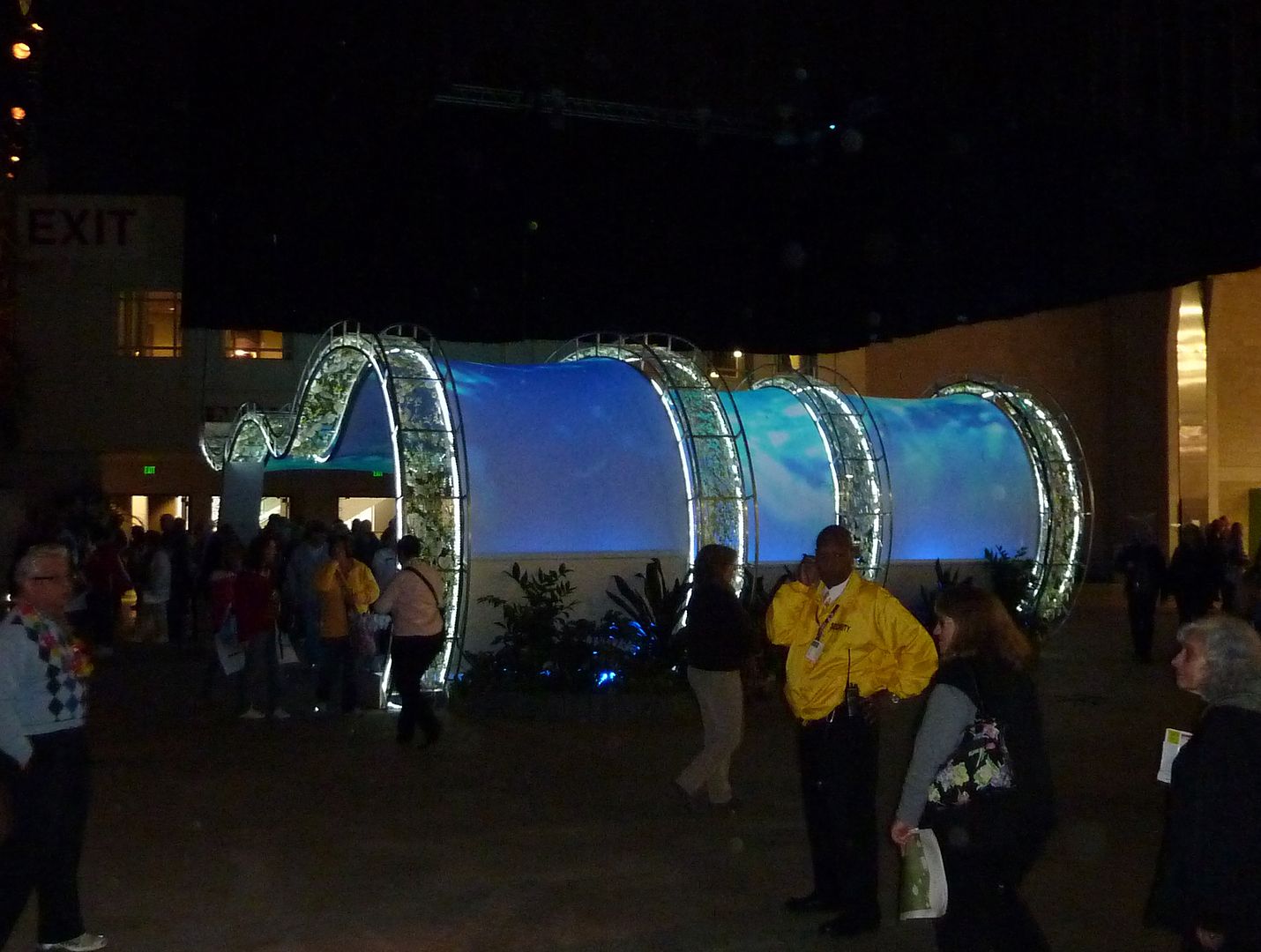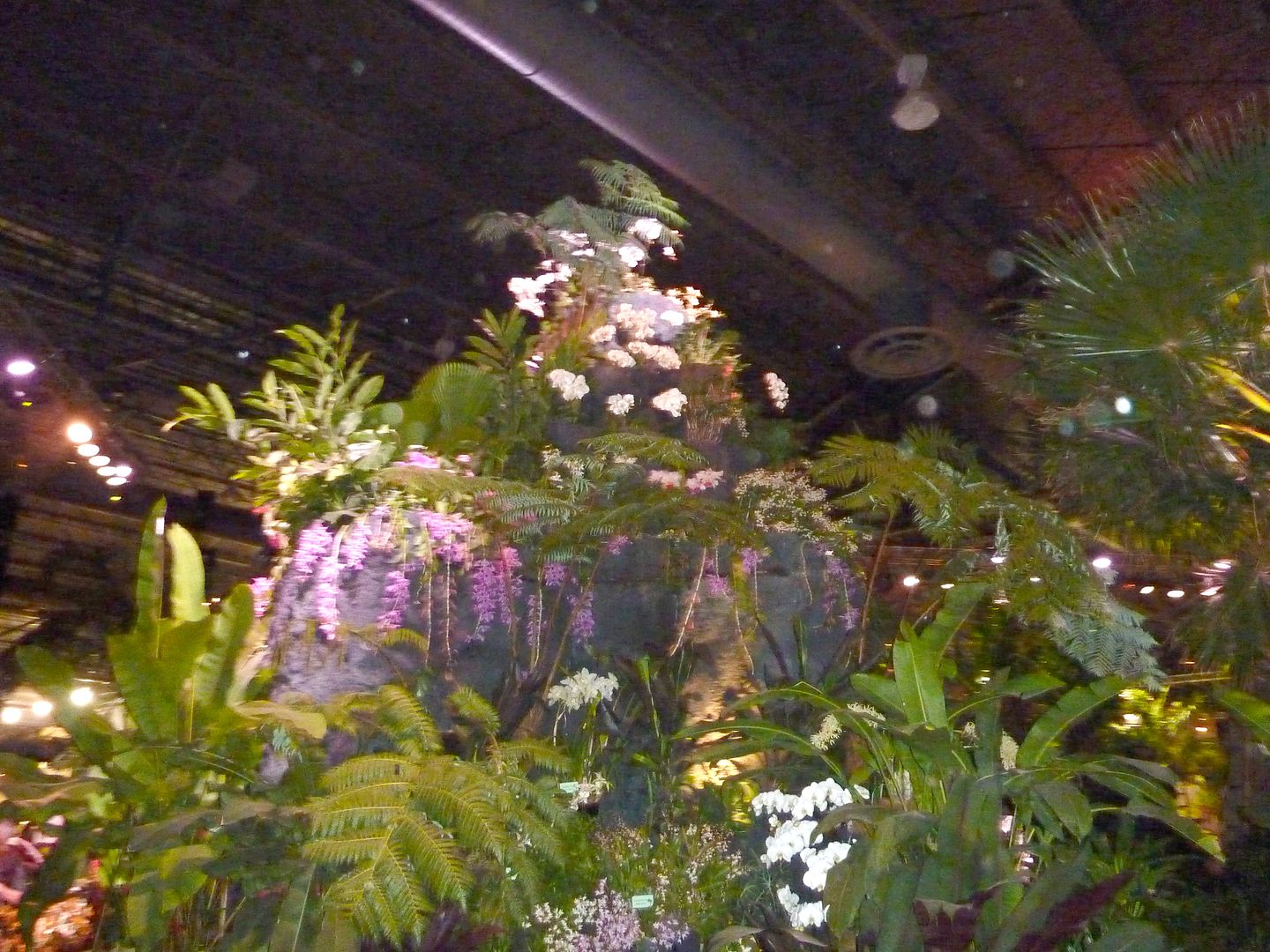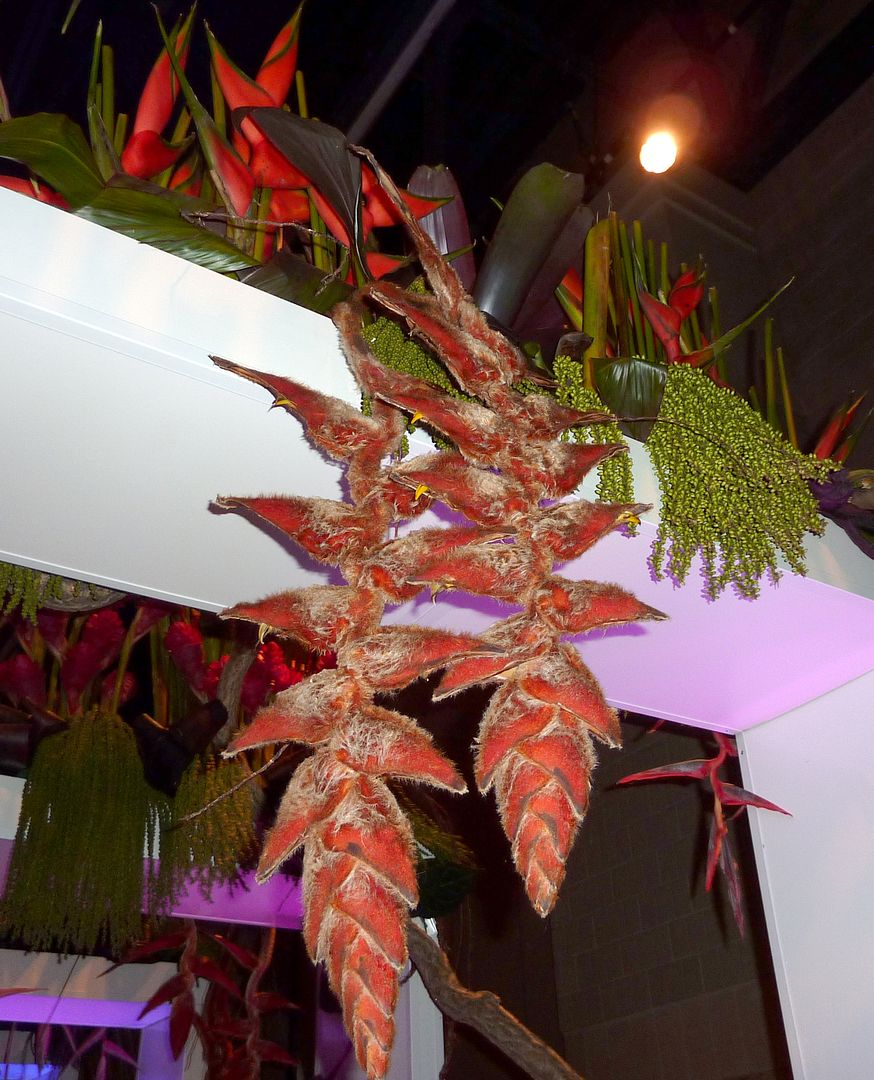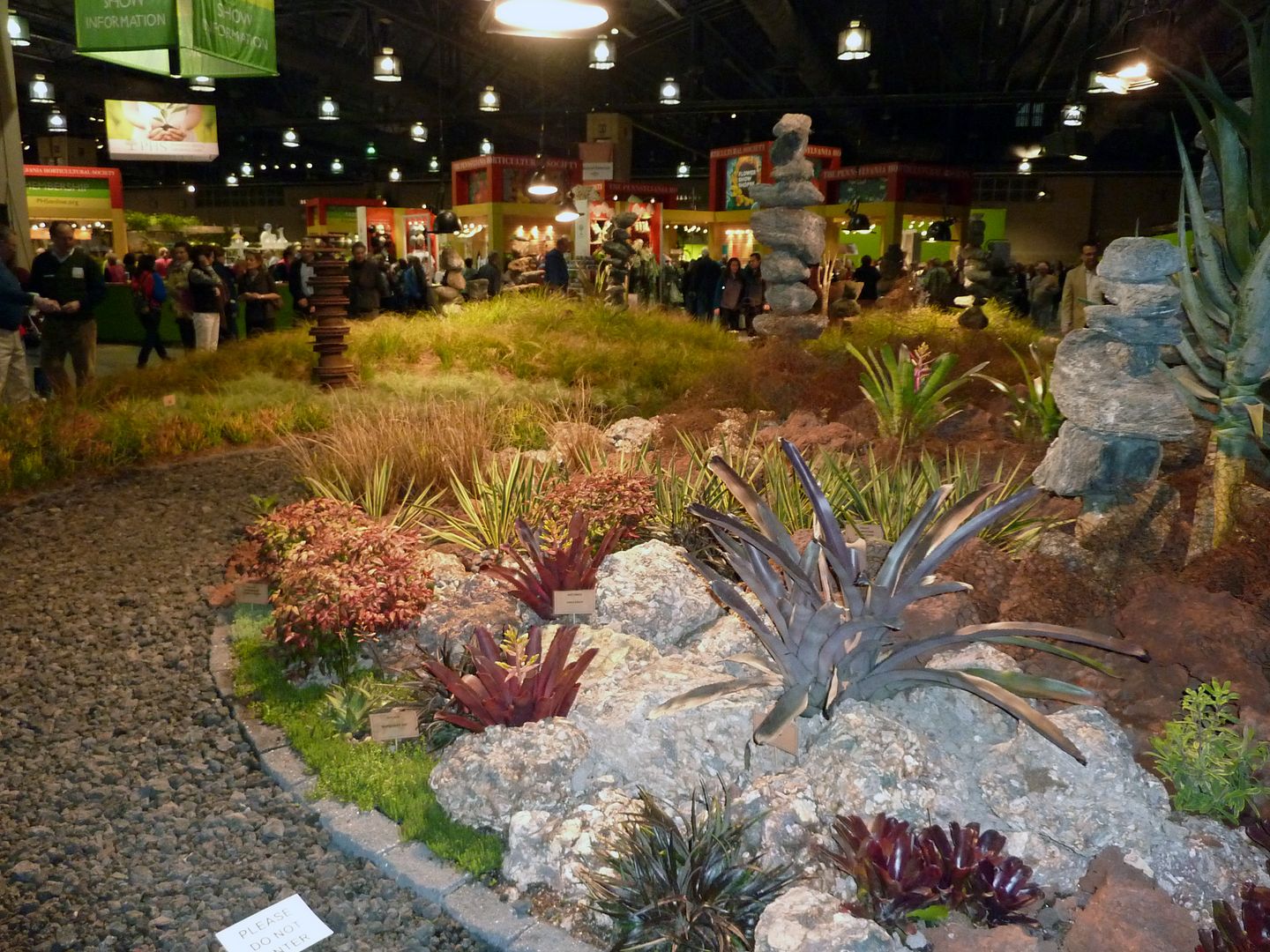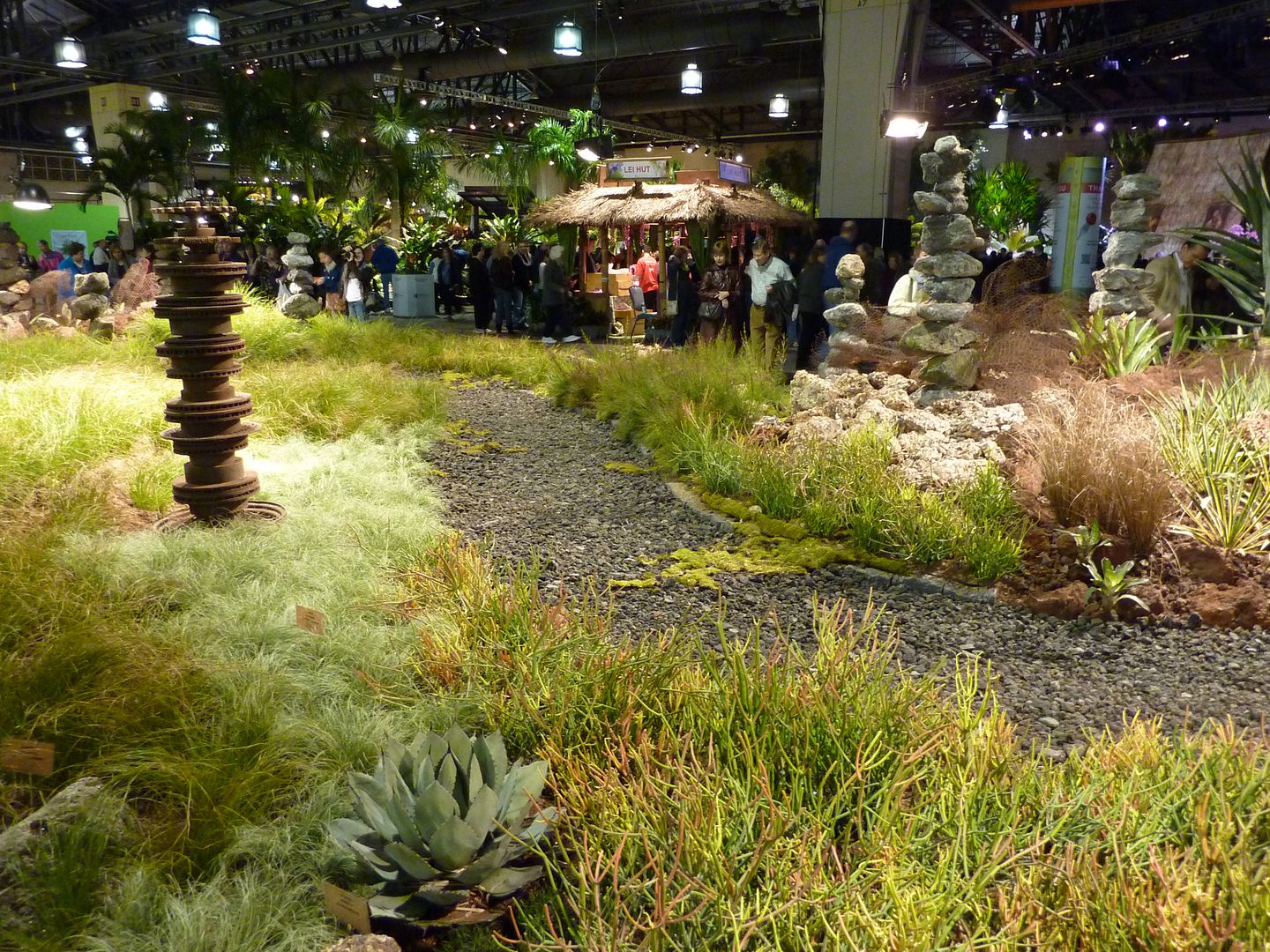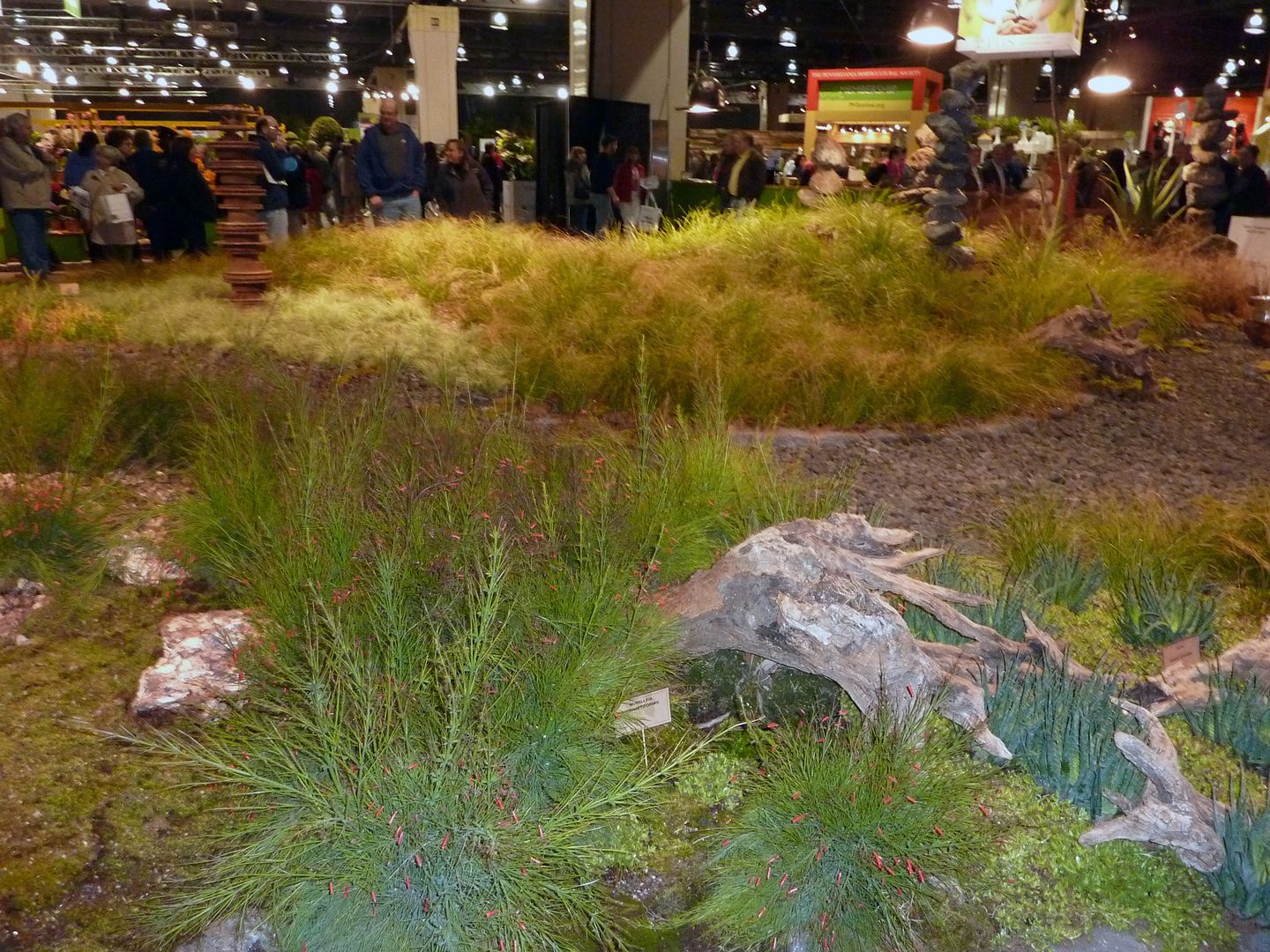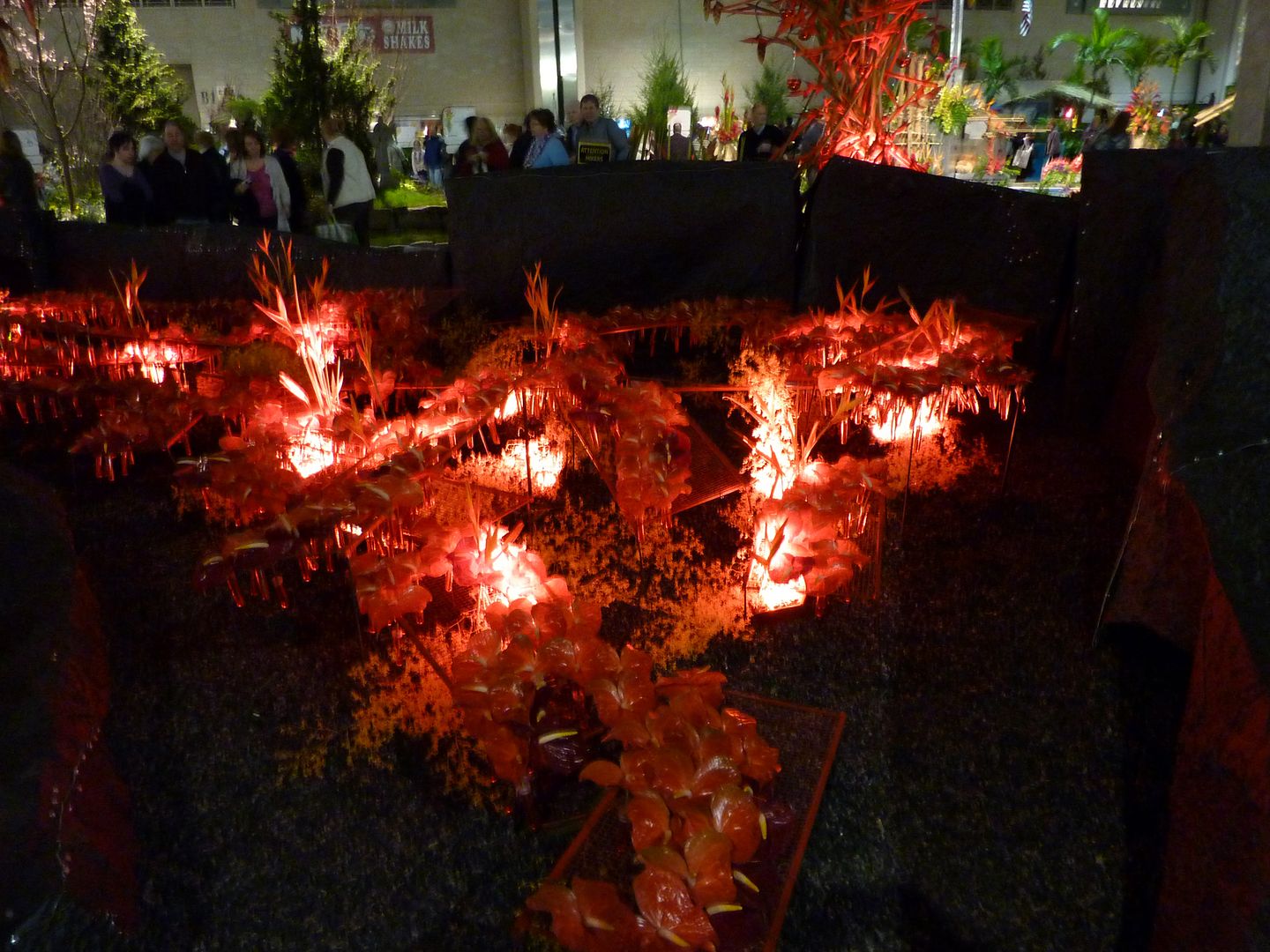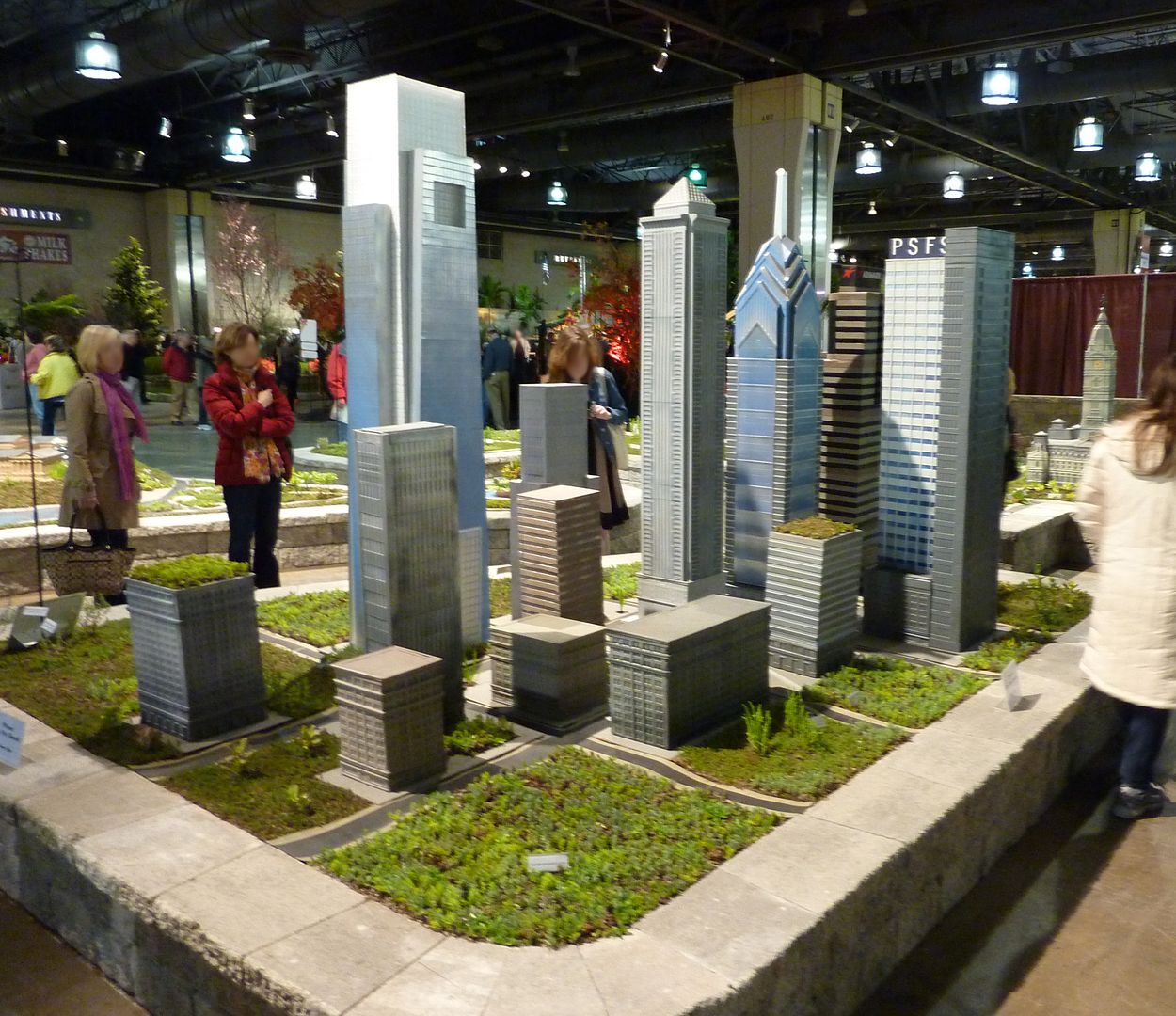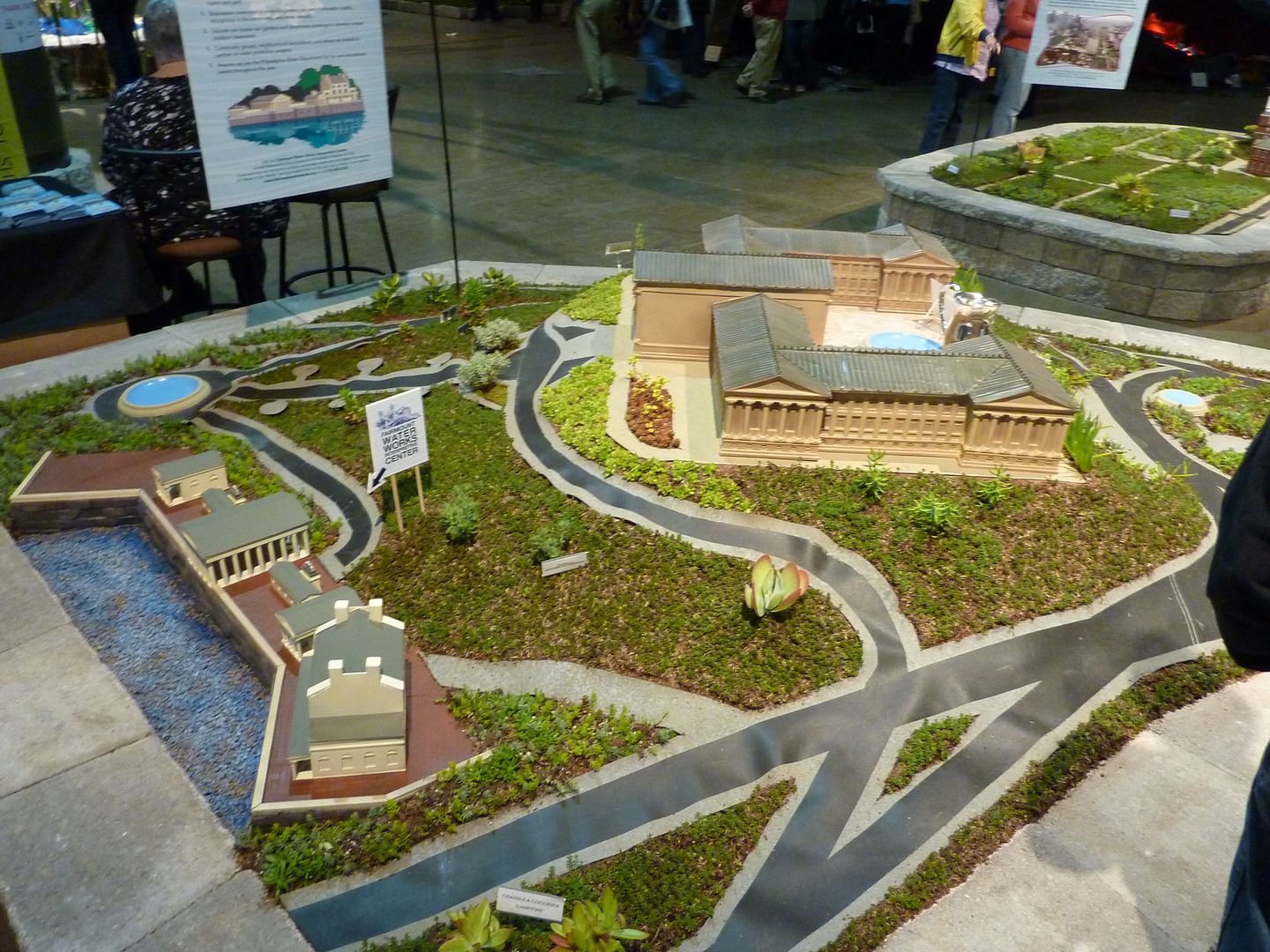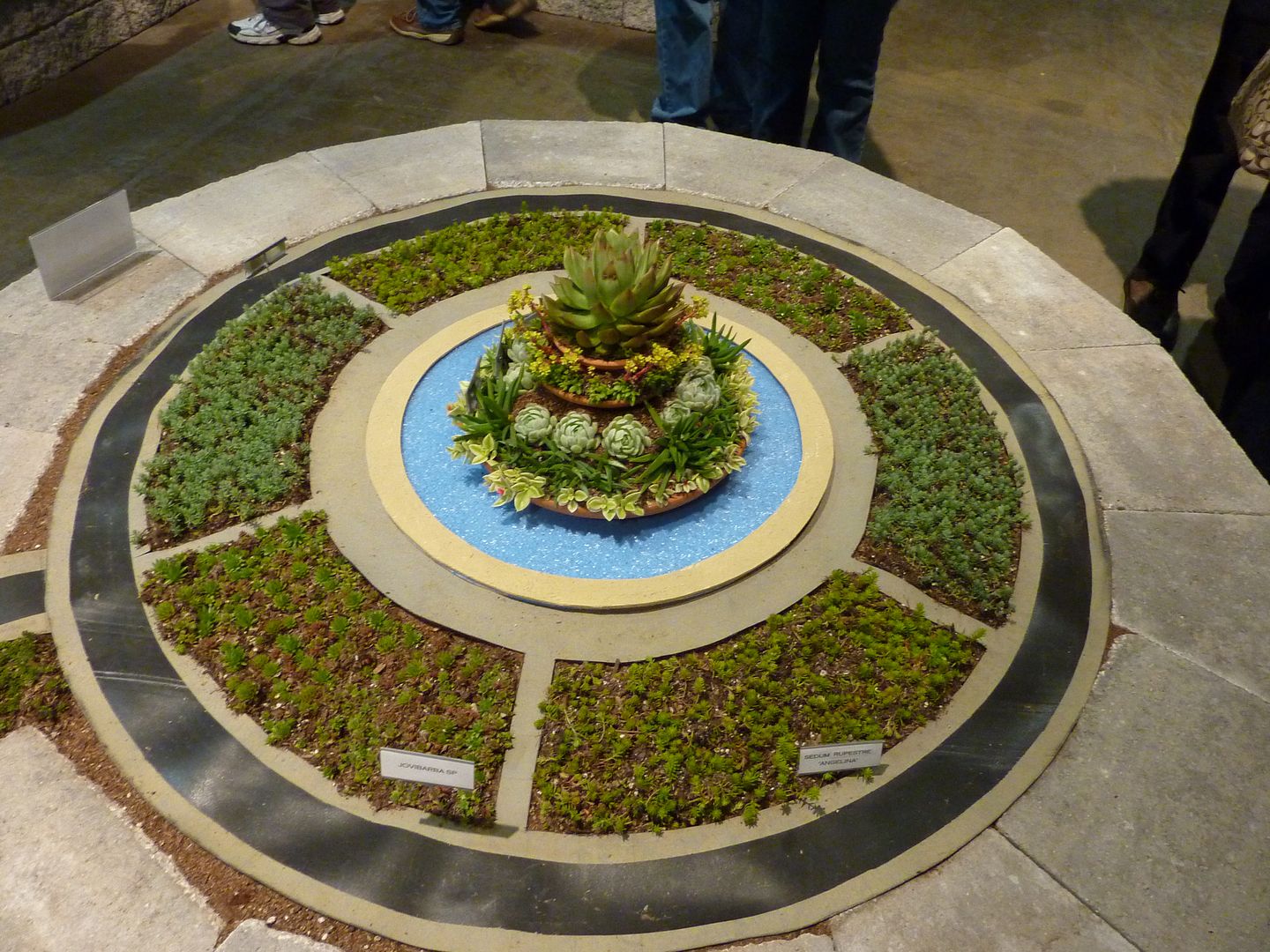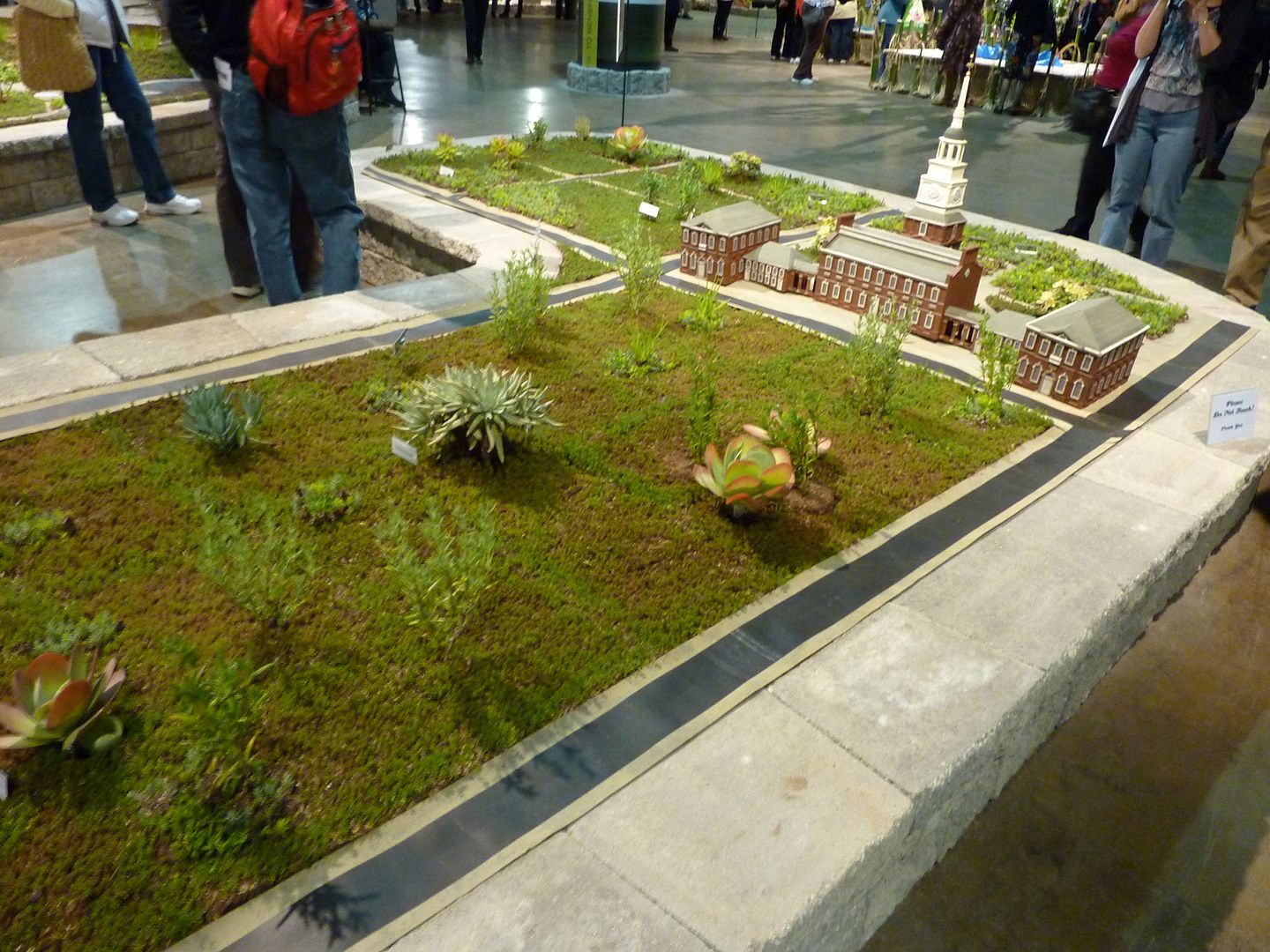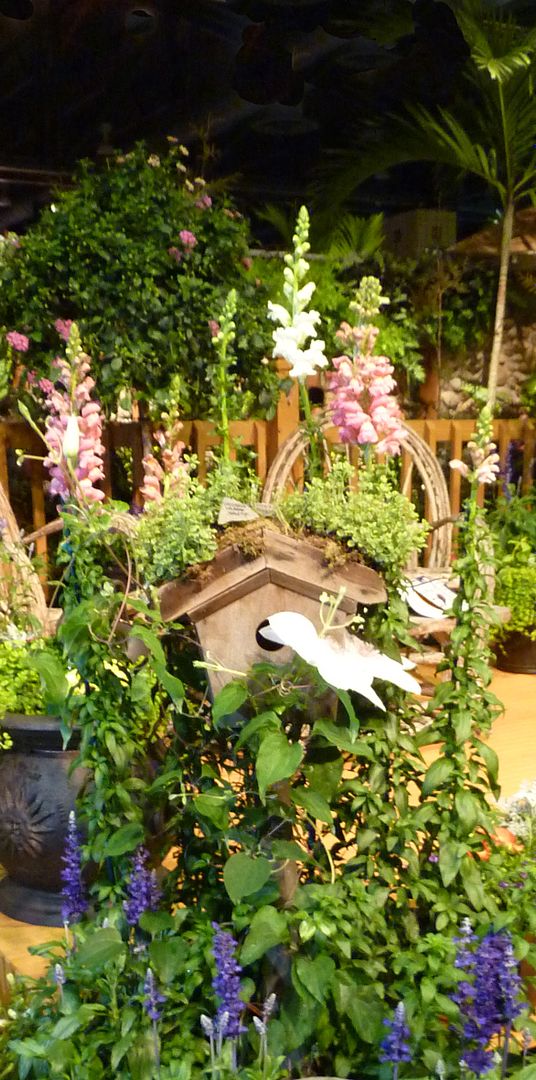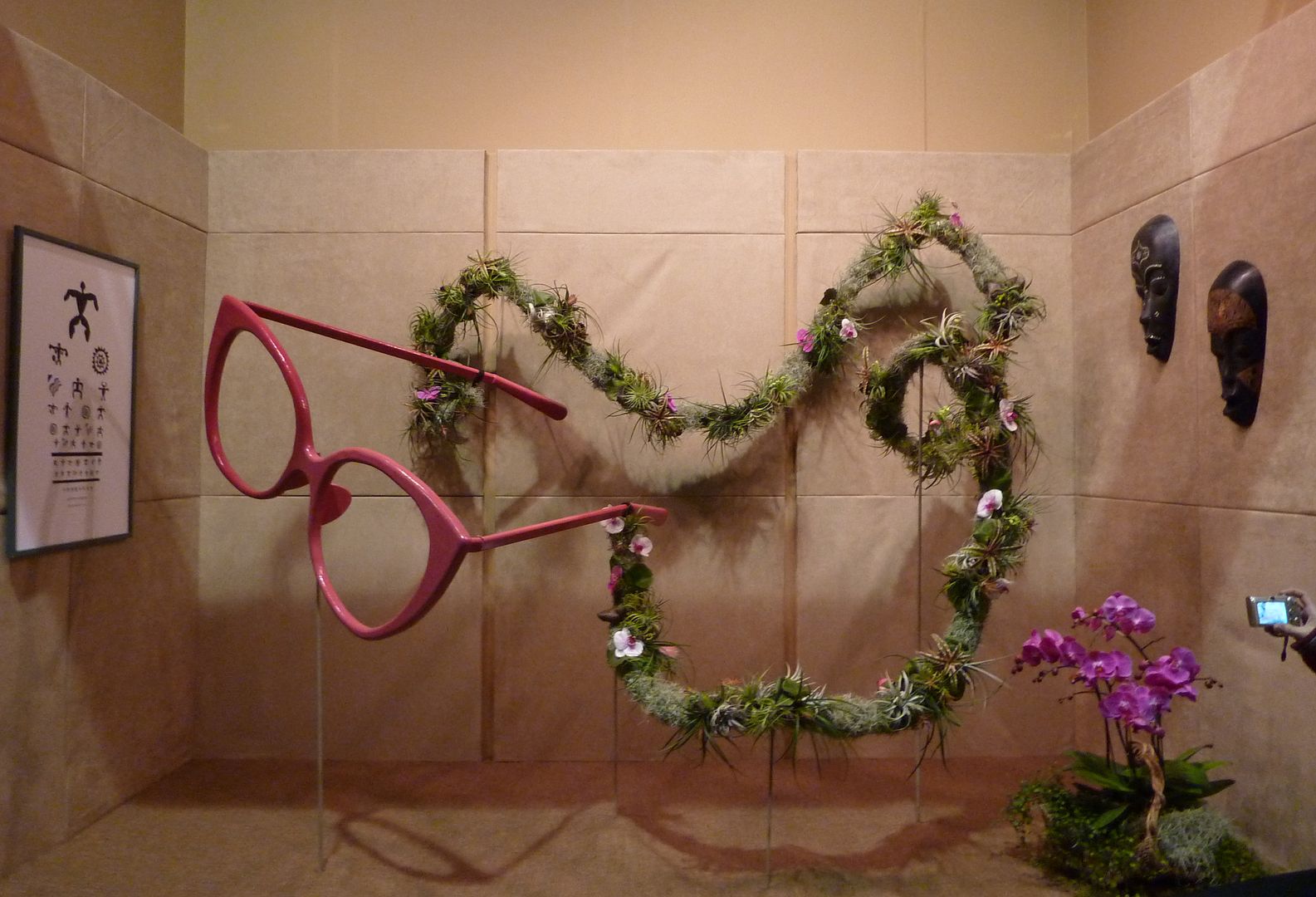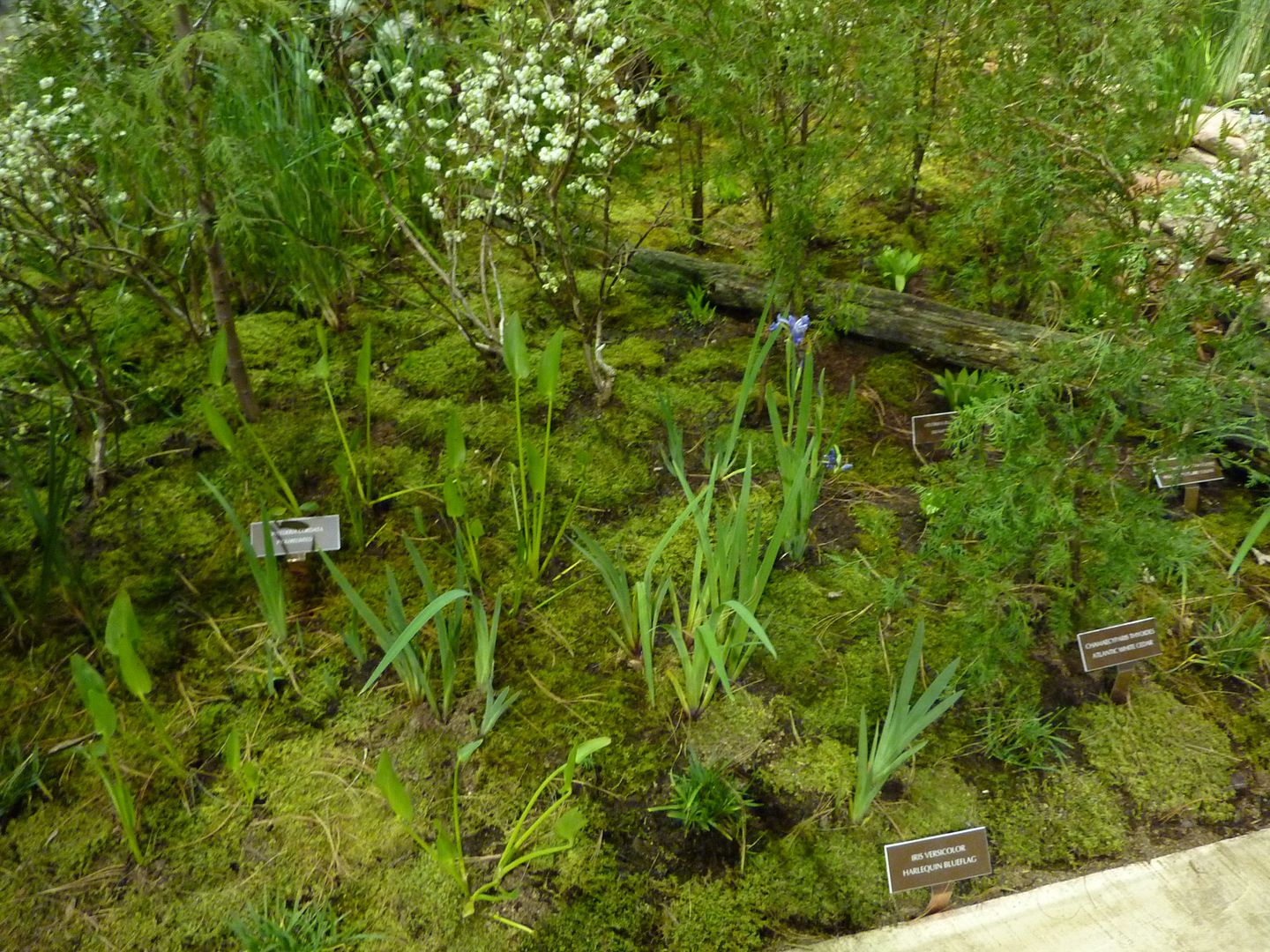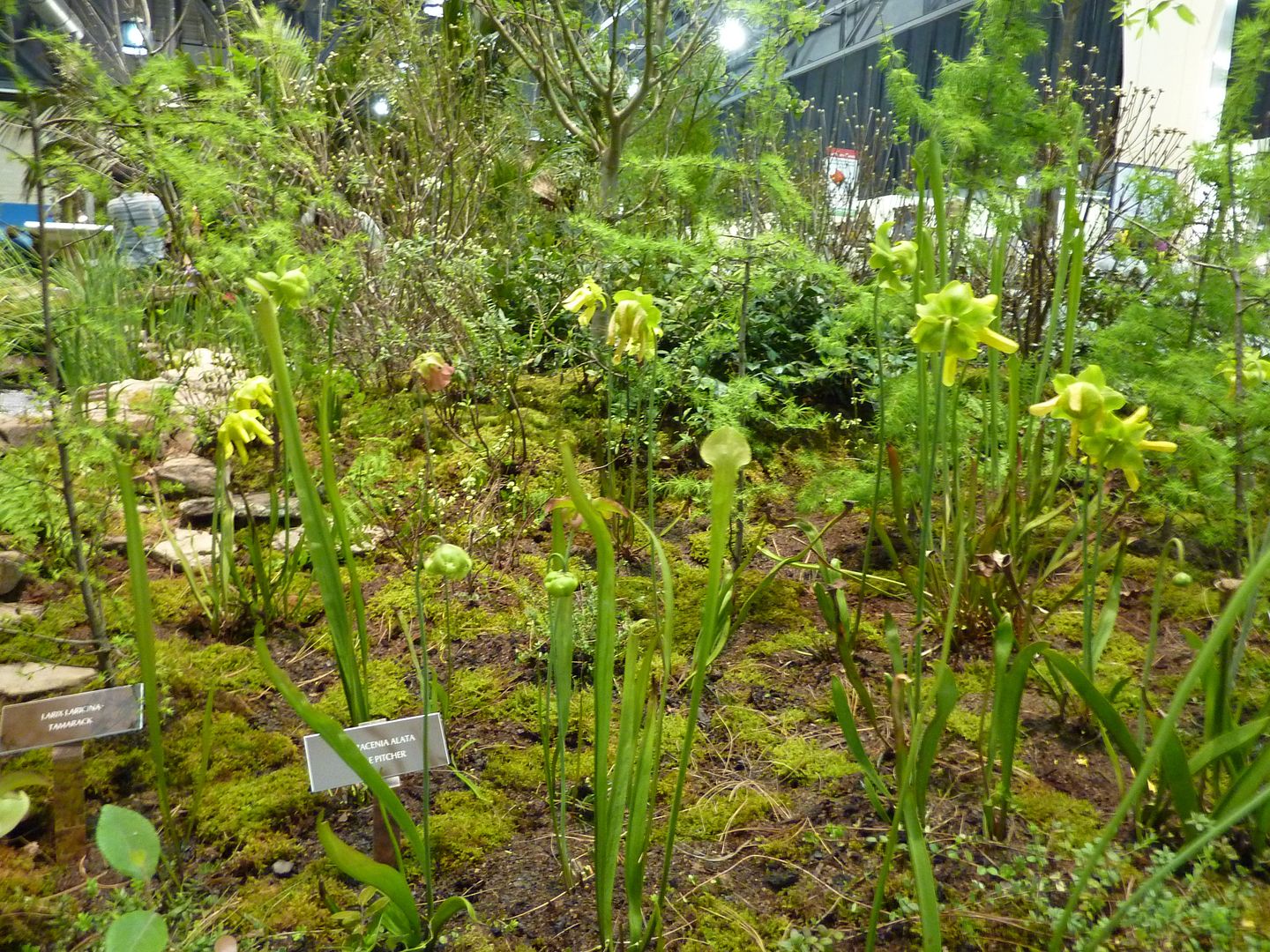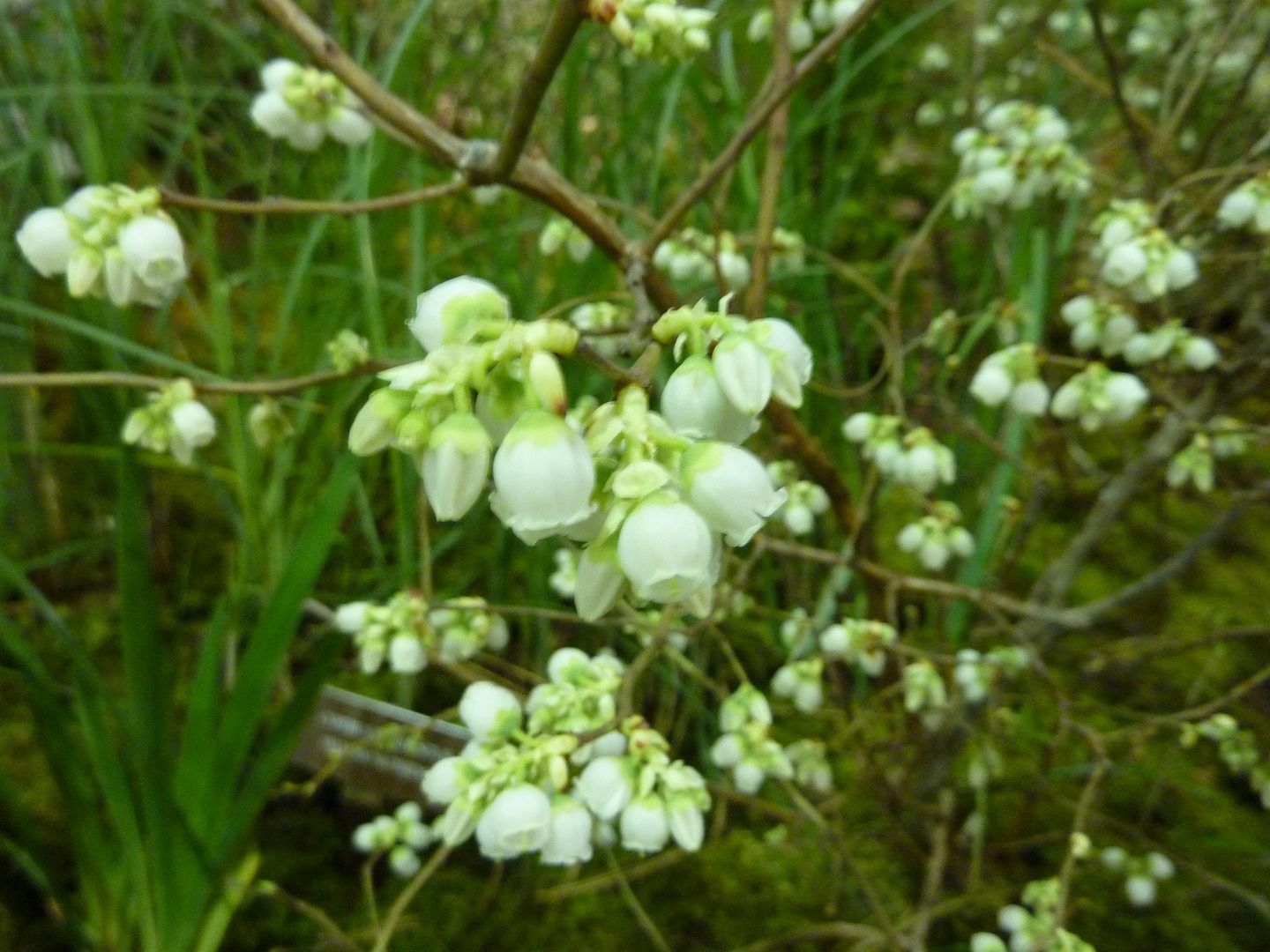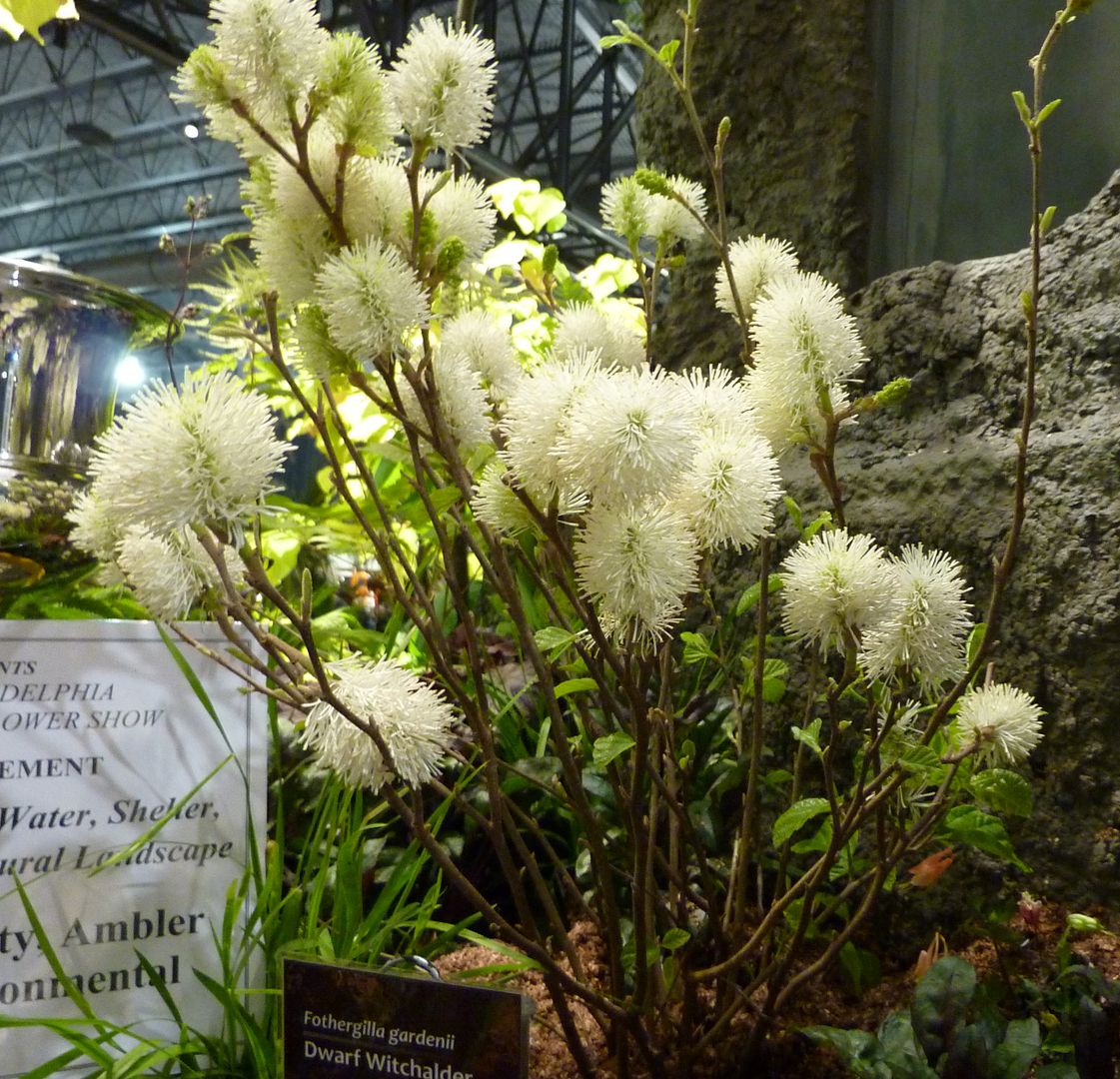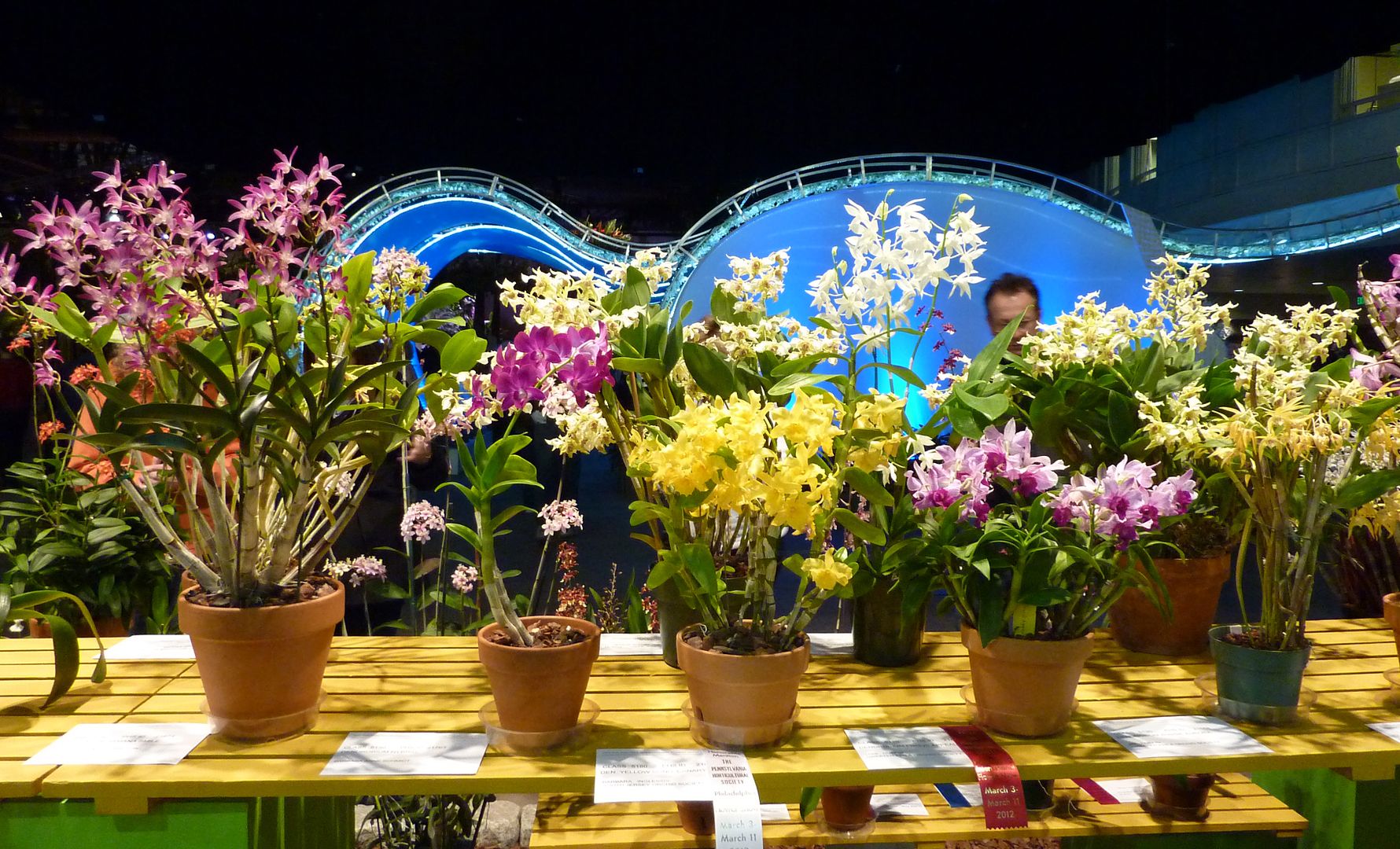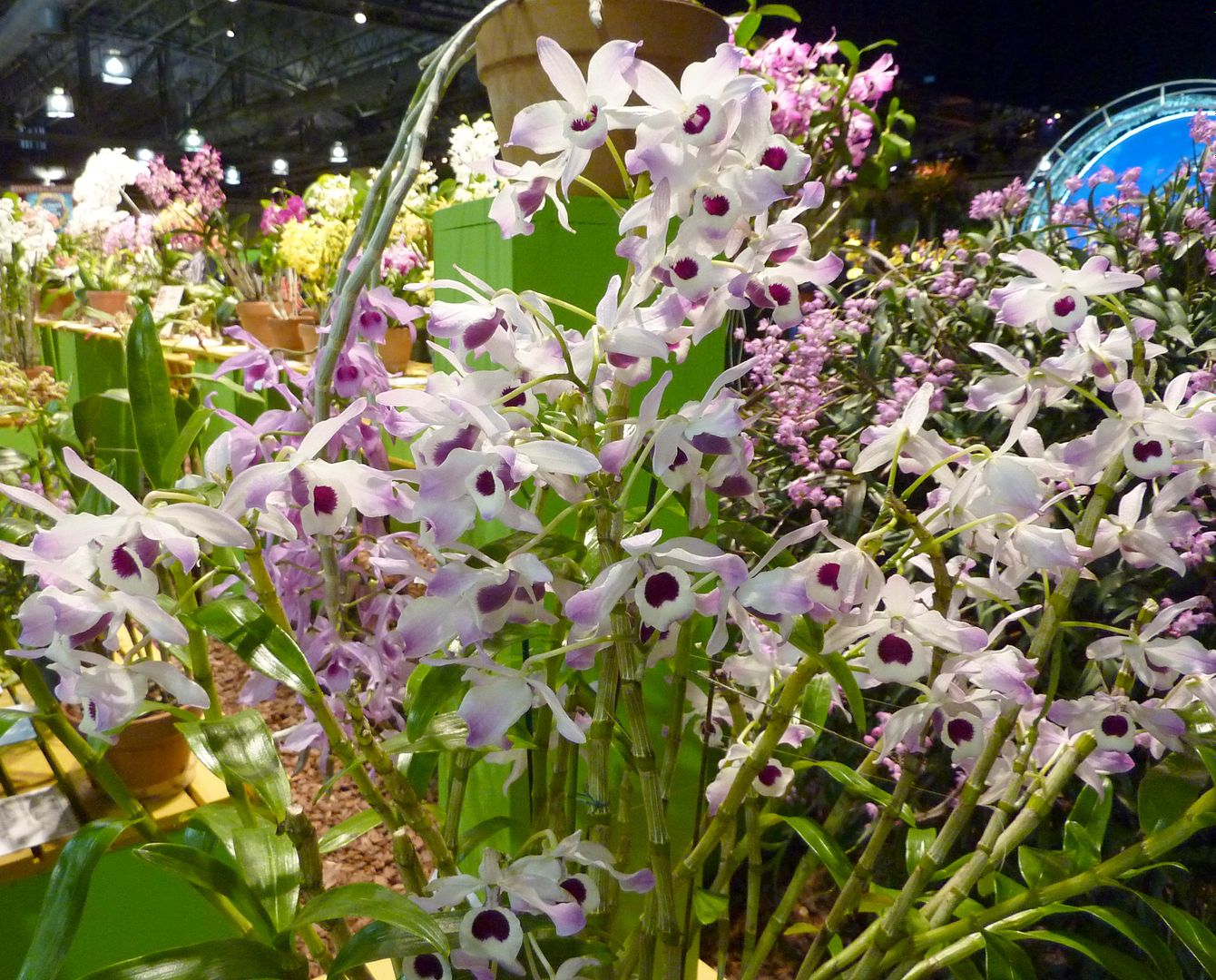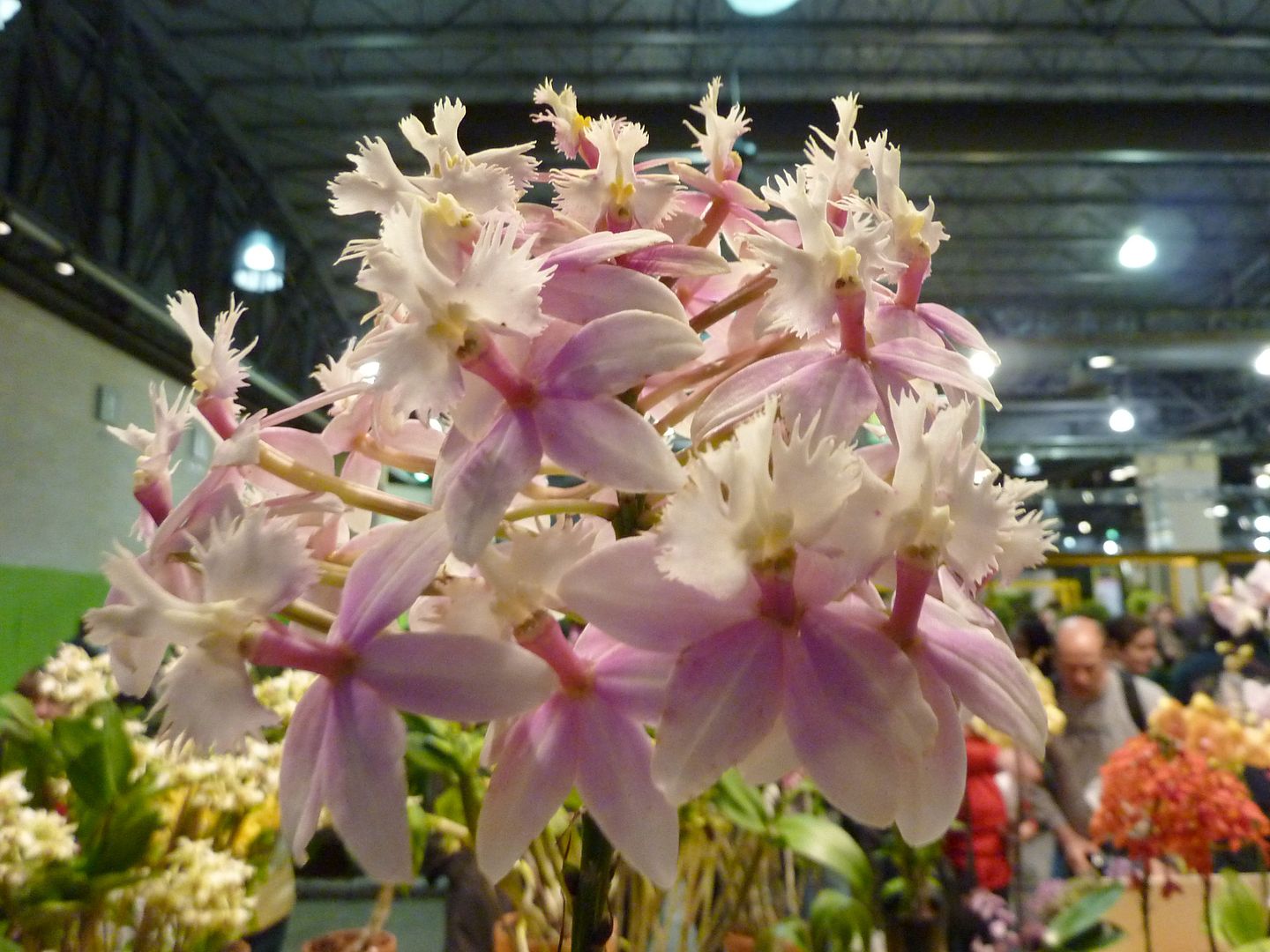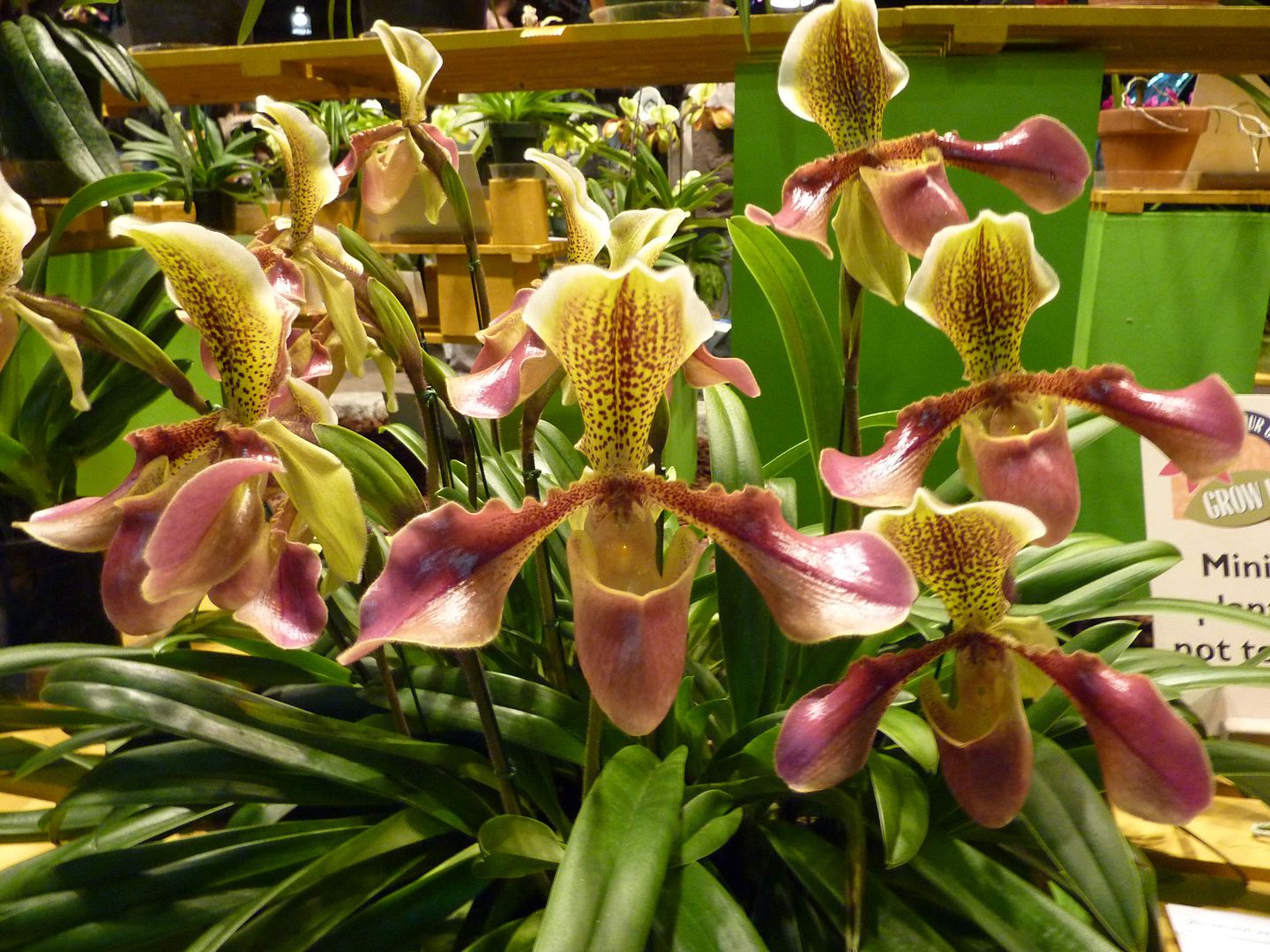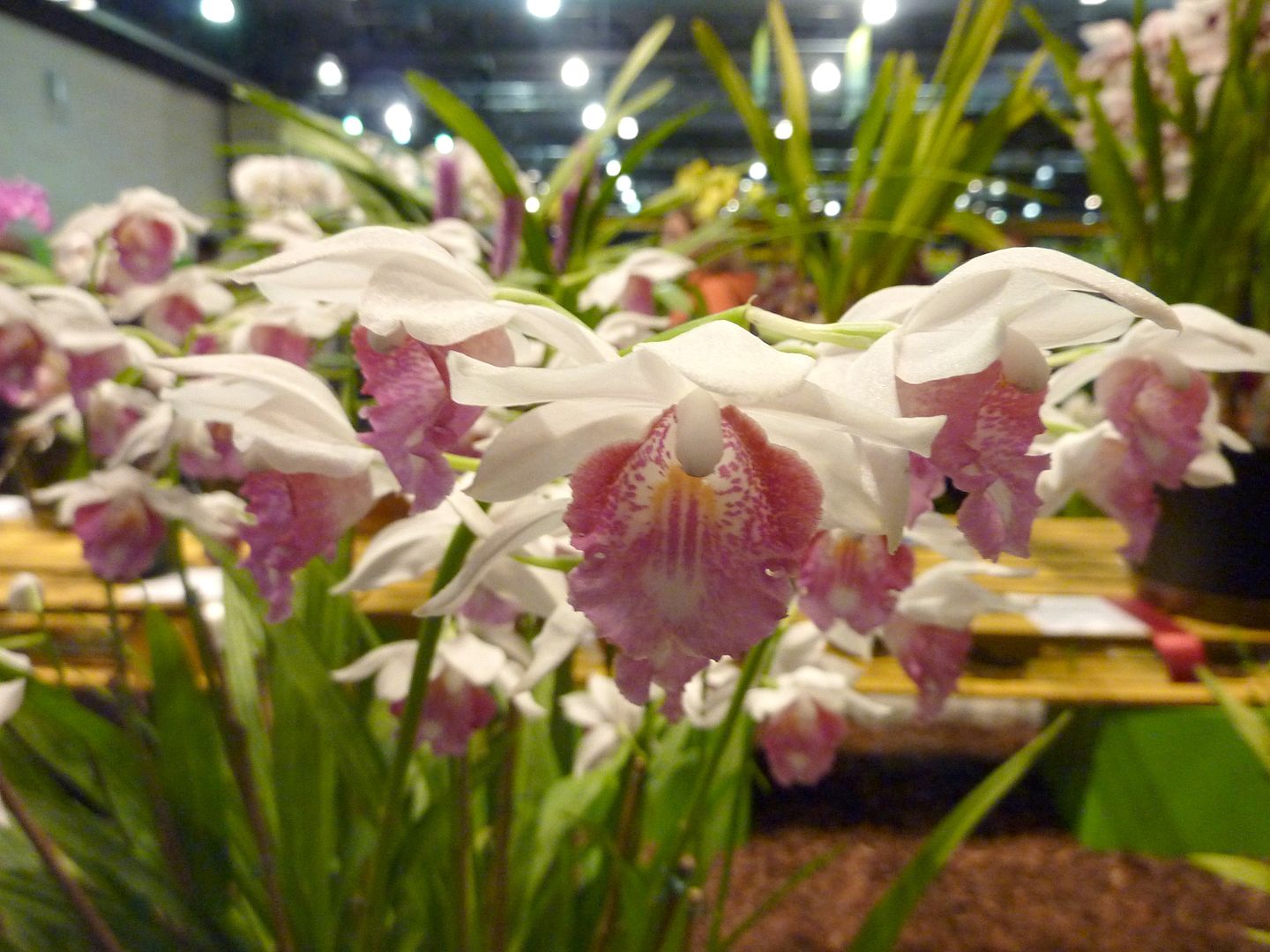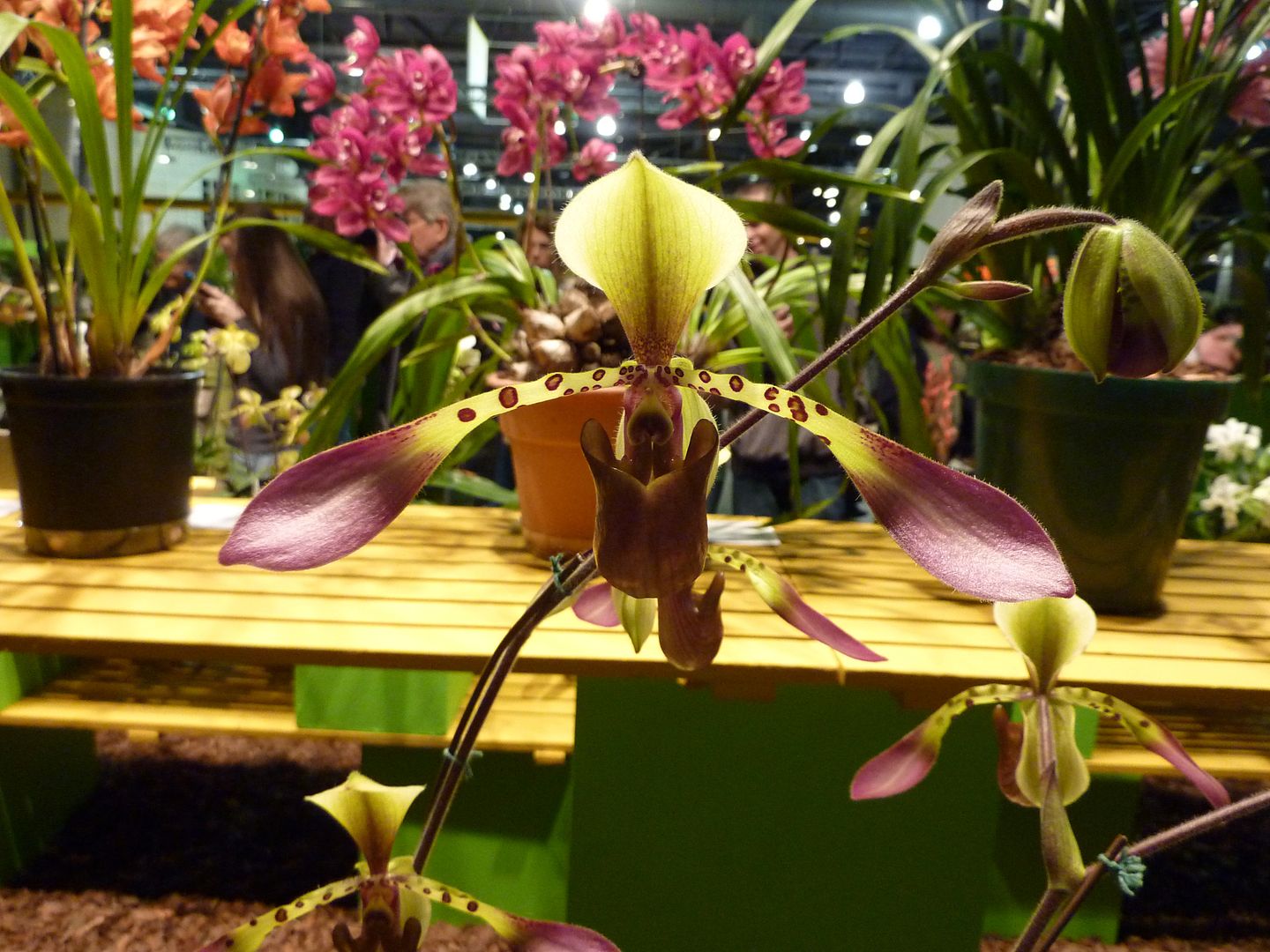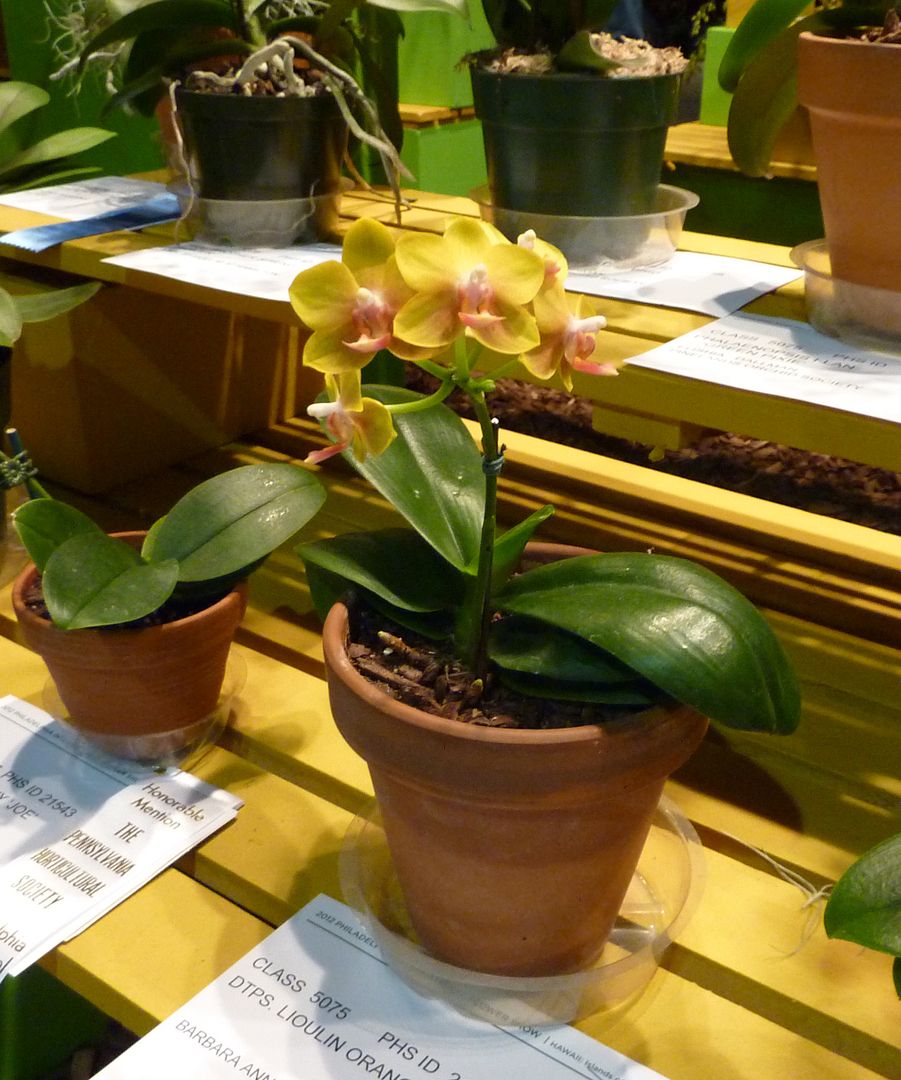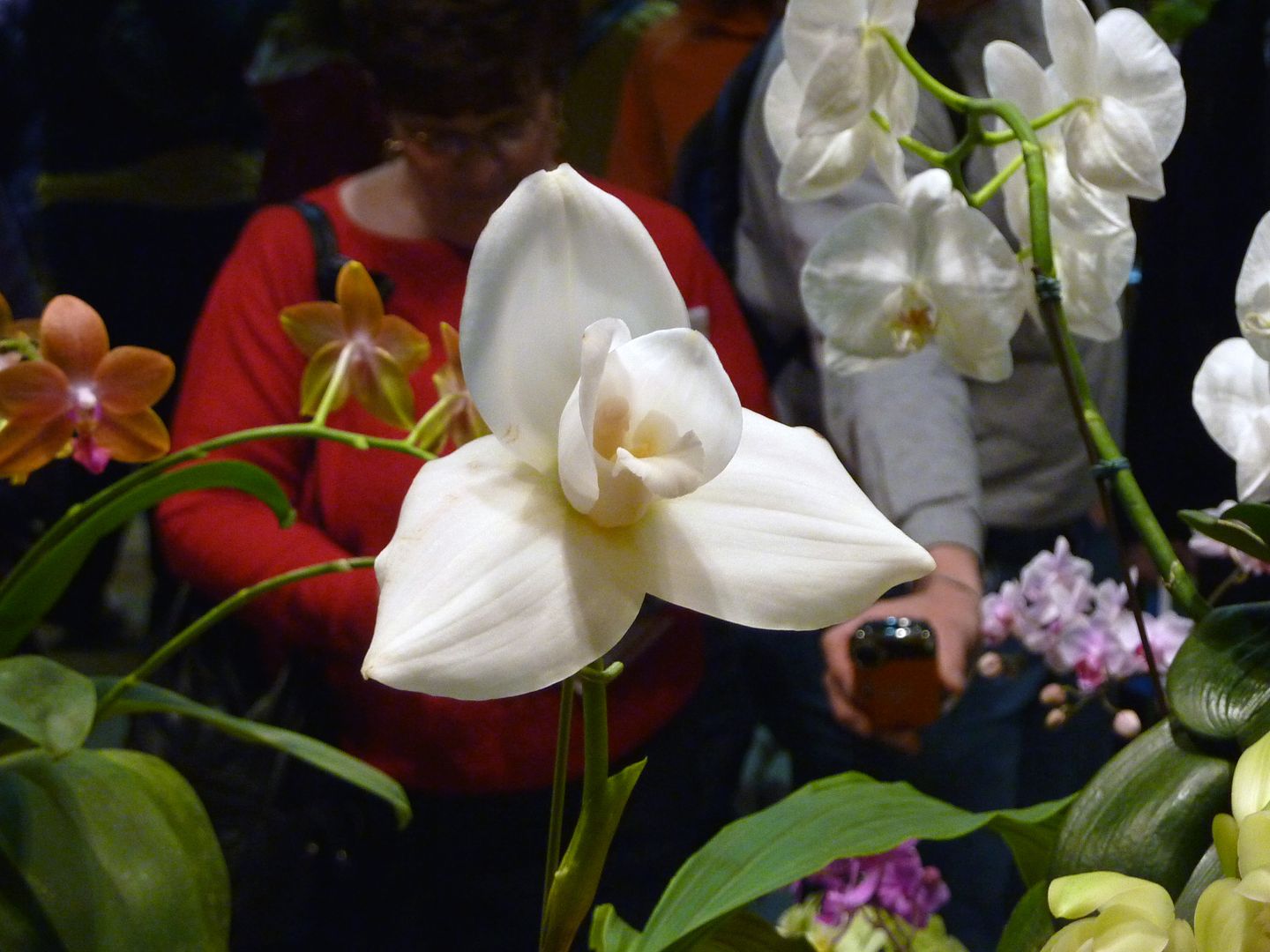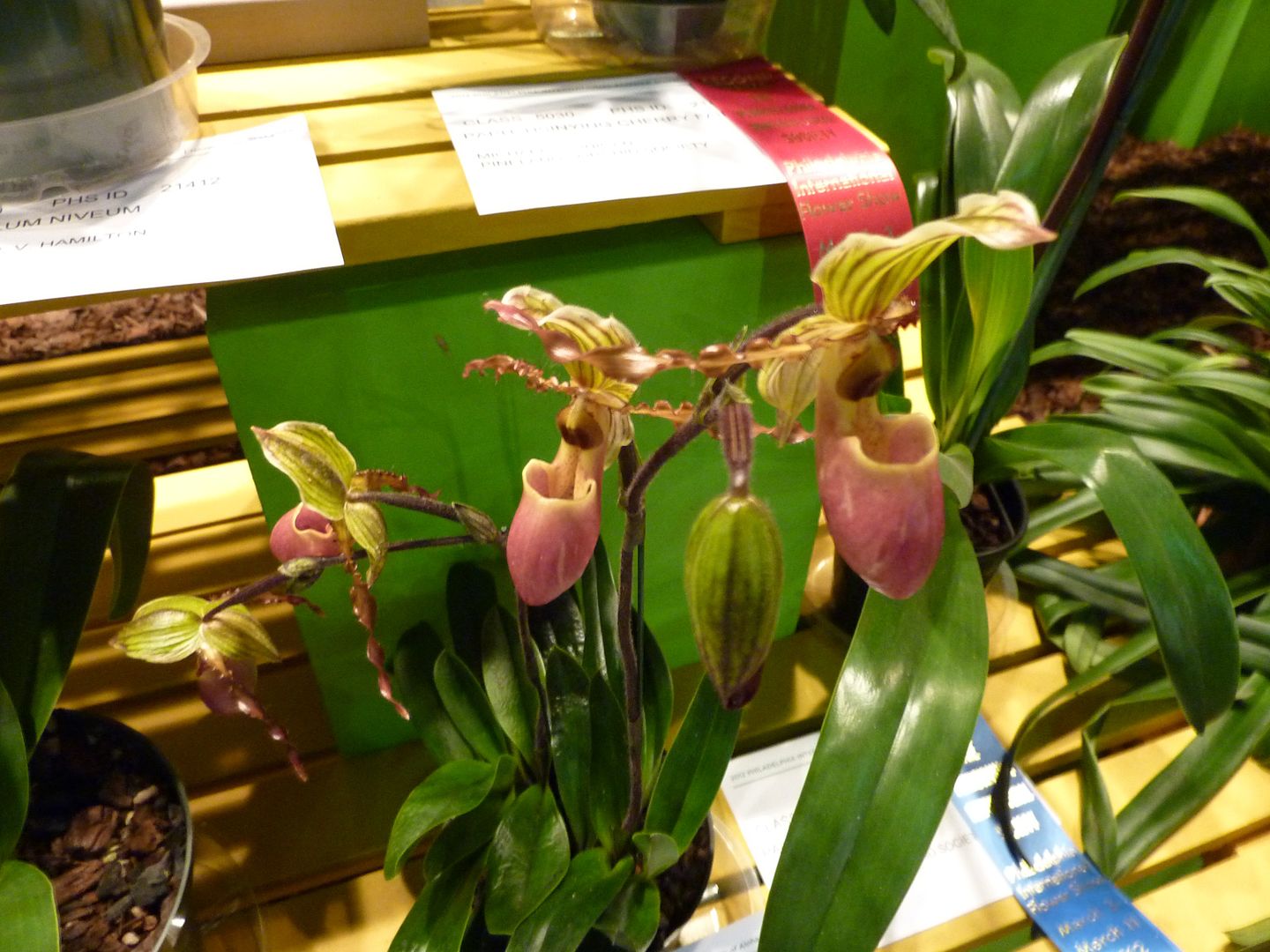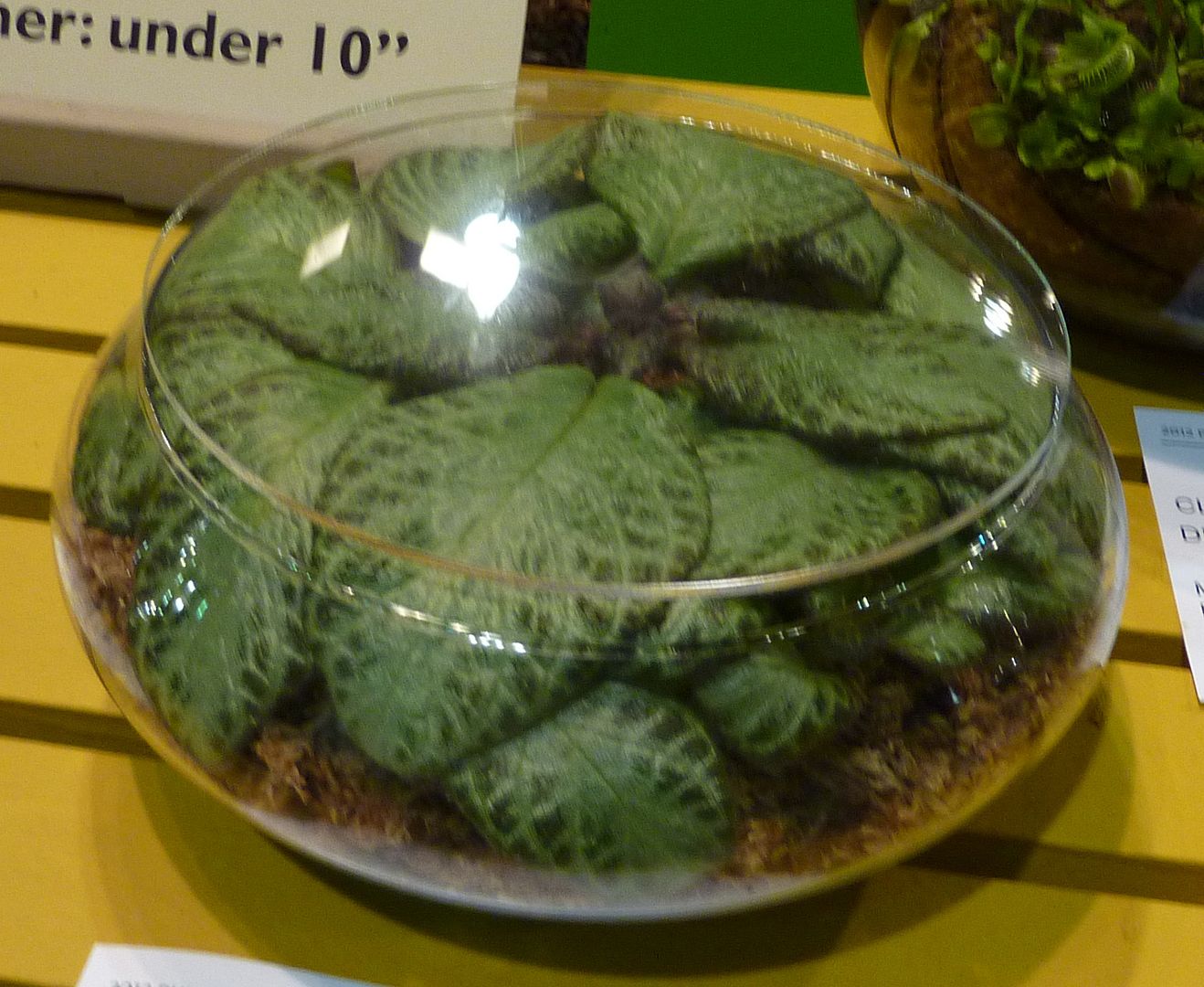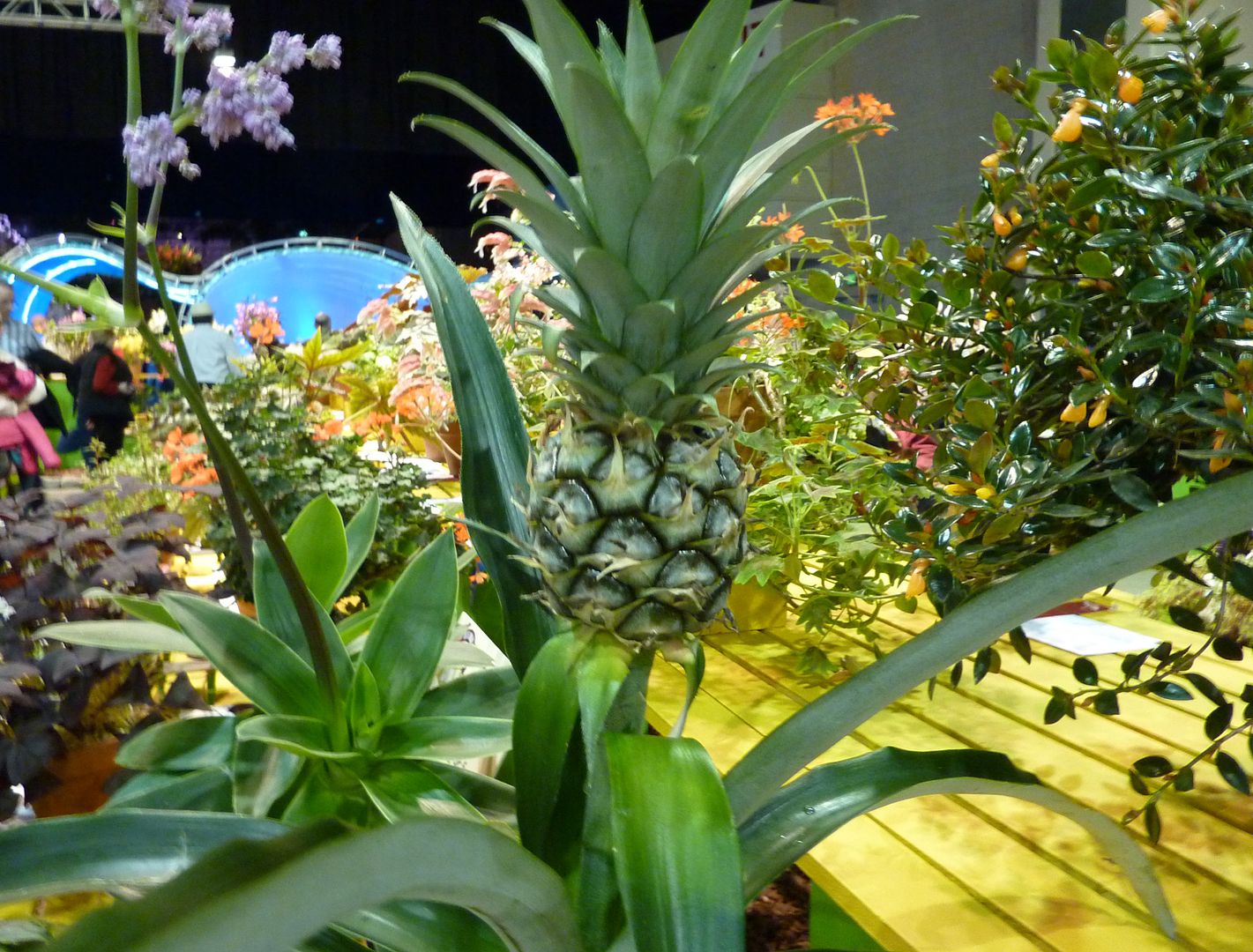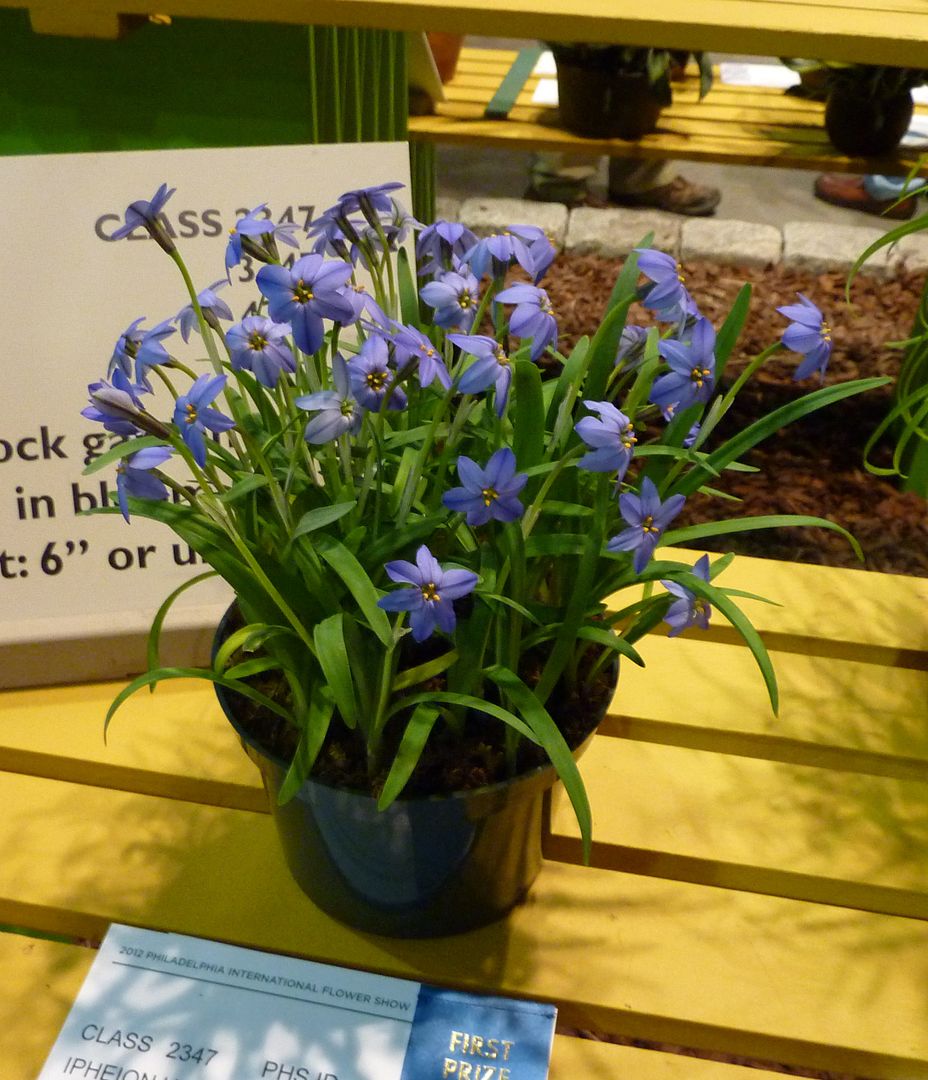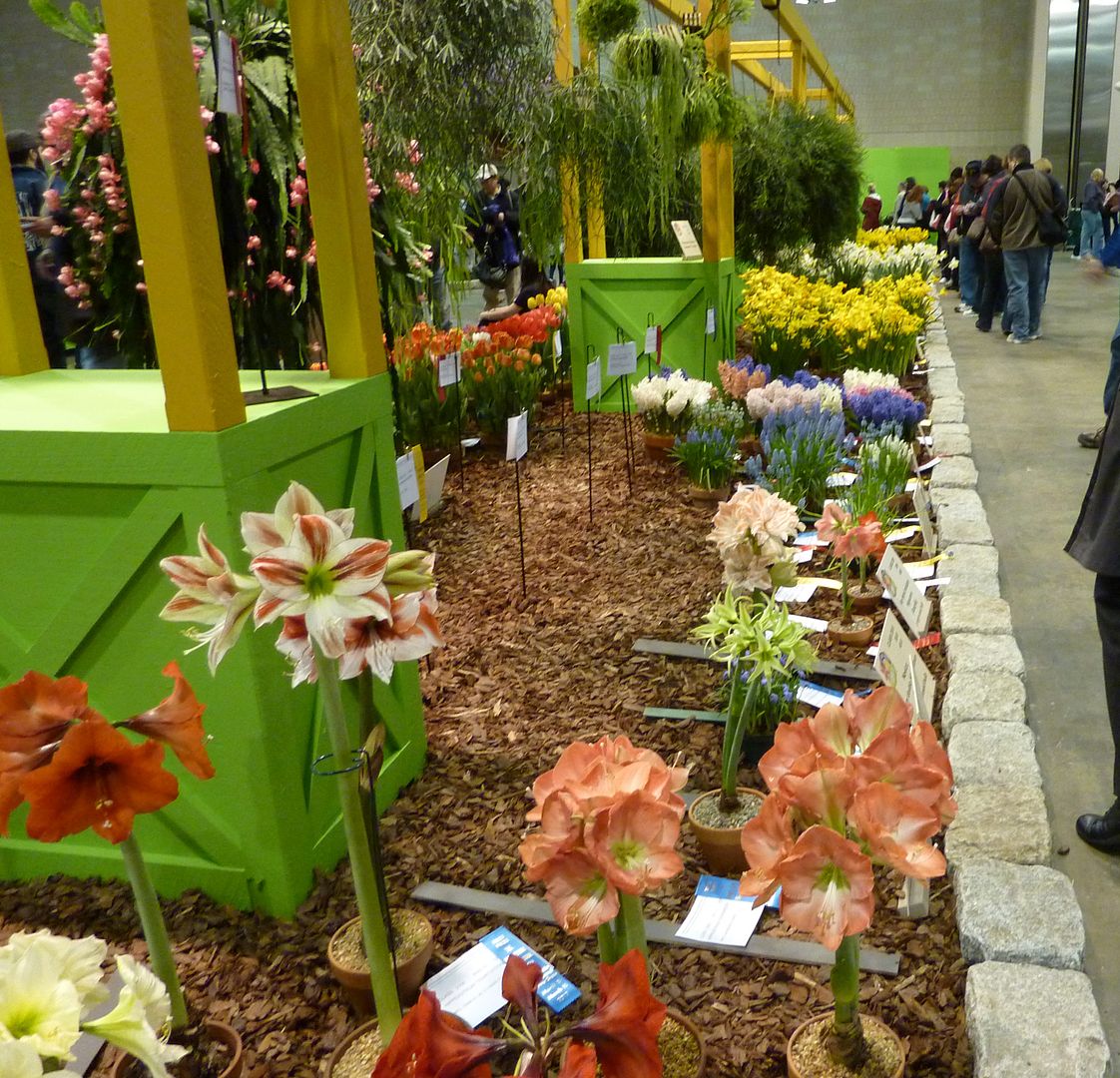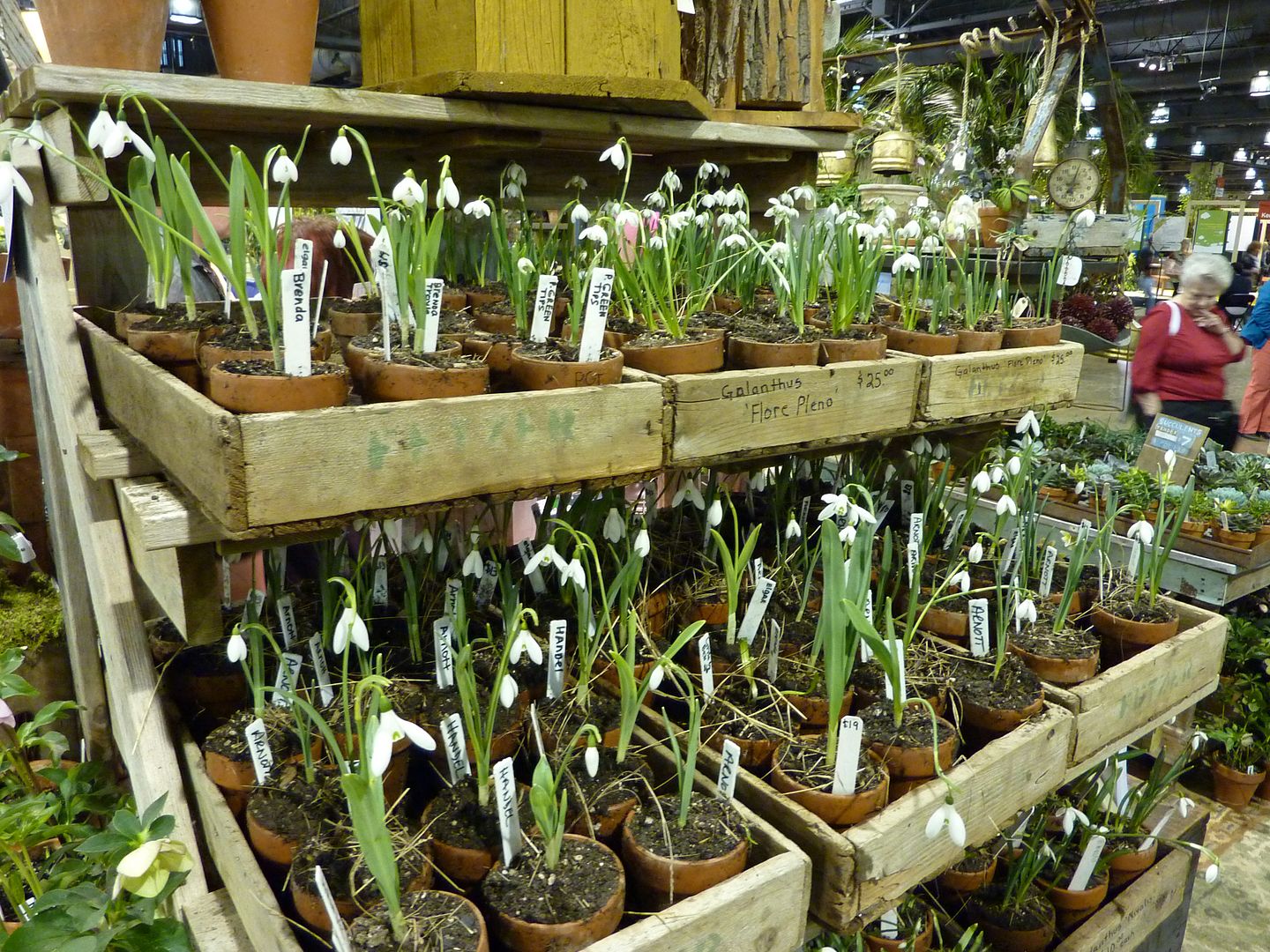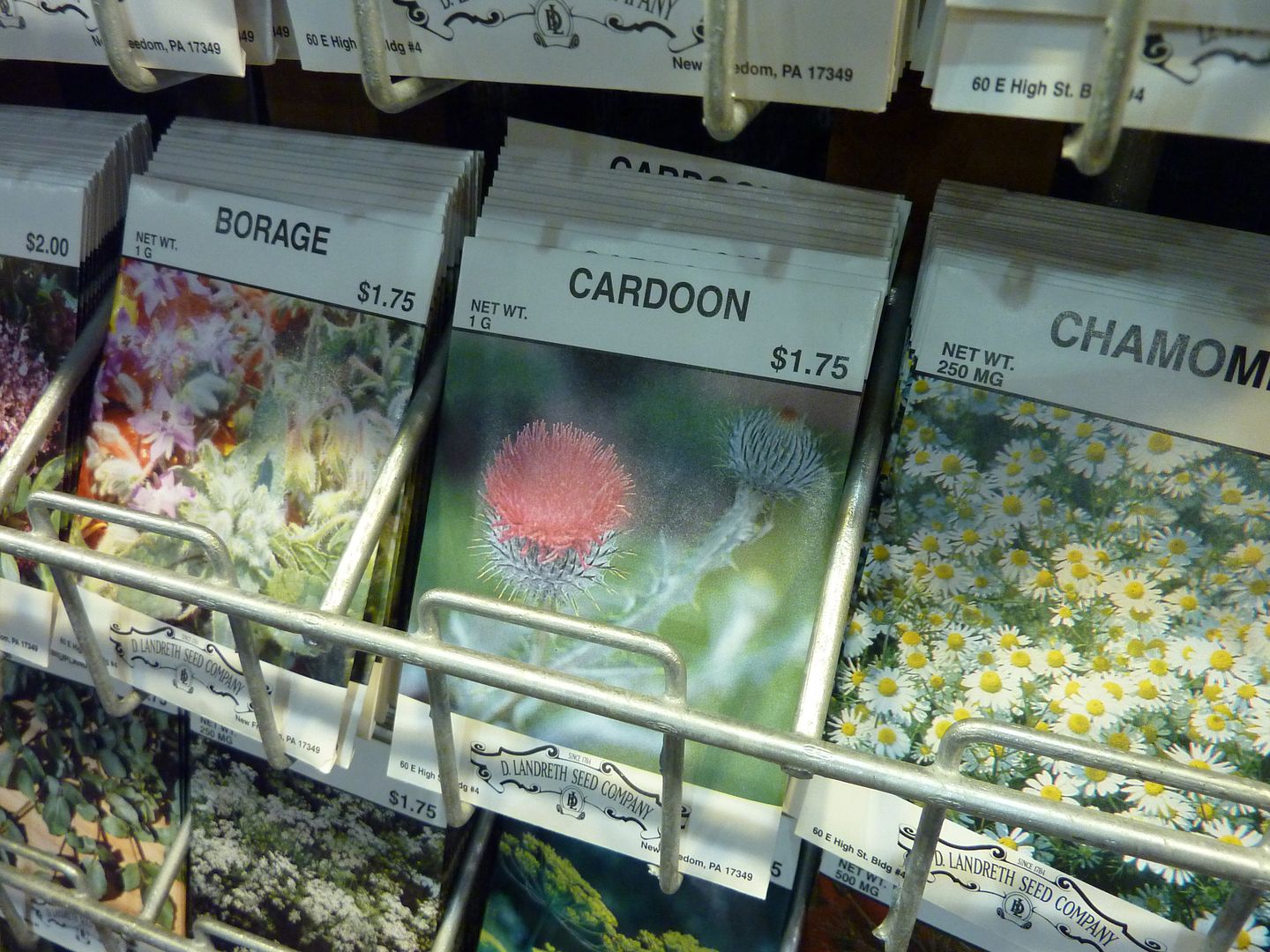Found an Eastern Box Turtle, Terrapene carolina, out in the yard last week. We don't have the best fences in the world and there's a small ditch I dug for drainage, so there are a few spots where she could have easily crawled on in. It is a girl, or so my mom tells me. Mom's always loved box turtles and she's determined to keep it. We built a turtle habitat and everything for it out under the pine tree. So I get to design a turtle garden.
An issue though is I understand female box turtles leave the forest around now to lay their eggs out in fields. The resulting babies live underground for the first few years feeding on god knows what.
Thursday, March 29, 2012
Wednesday, March 28, 2012
Eastern Redbud
Eastern Redbud, Cercis canadensis, is blooming.
I don't know how why people always complain that the Redbud's flowers are pink. It's because the buds are not the flowers!
Anyhow this was a sapling I got from the Arbor Day Foundation probably 4 or 5 years ago. Last year was the first year that it was as tall as me, and it grew tall over the past year.
The buds are red! Hence the name Red-Bud.
The flowers are pink!
Anyhow this was a sapling I got from the Arbor Day Foundation probably 4 or 5 years ago. Last year was the first year that it was as tall as me, and it grew tall over the past year.
Tuesday, March 27, 2012
Bad Dog
Scratching sound...
Mom "Oh that's the dog knocking. I'll go let her in."
Me "Okay."
A moment later...
To the sound of our dog, Mandy, trampling through the house.
Mom "Oh My God! NO NOOOO!"
Me "What's wrong?"
Mandy found the remains of a wasp nest from last year and through it was a Frisbee. After calming mom down I assured her all the wasps would be dead at this time of year. And also that I saw it way up in a tree over the winter so there's no way anyone hit it with pesticide. Never the less we weren't about to let her eat the thing so we took it away from her pretty quick.
Mom "Oh that's the dog knocking. I'll go let her in."
Me "Okay."
A moment later...
To the sound of our dog, Mandy, trampling through the house.
Mom "Oh My God! NO NOOOO!"
Me "What's wrong?"
Mandy found the remains of a wasp nest from last year and through it was a Frisbee. After calming mom down I assured her all the wasps would be dead at this time of year. And also that I saw it way up in a tree over the winter so there's no way anyone hit it with pesticide. Never the less we weren't about to let her eat the thing so we took it away from her pretty quick.
Wednesday, March 21, 2012
The Prairie War
While it might not look it, the prairie is actually coming back to life. It's a little taken over at the moment by Creeping Charlie, Glechoma hederacea, which is the creeping plant with the bright blue flower. It's not native but I tolerate it because my honeybees like it. It's also very easy to weed out as it has a shallow root system.
So far everything except the Milkweed seems to be emerging. Here I think we're looking at Blue False Indigo, though it's a little hard to tell. The Spiderwort looks like it's reseeded, some of the Asters are coming back aggressively, the coneflowers are sending up their first leaves, and it won't be long before the Jacob's Ladder will be flowering.
Something that shocked me was the Pavement Ants have already started fighting over territory. They're nonnative species that's "invasive" in that it displaces some species of Formica. Not the worst species in the world and they're almost control their own population thanks to wars like this. Their colonies can get huge, 80,000 or so, and they fight over sunny exposed areas to incubate their brood and speed up worker production. Often the losing colony is destroyed or crippled for the season.
So hopefully once all the native plants here in my monarch meadow get growing they'll be able to better fend off these foreign invaders.
So far everything except the Milkweed seems to be emerging. Here I think we're looking at Blue False Indigo, though it's a little hard to tell. The Spiderwort looks like it's reseeded, some of the Asters are coming back aggressively, the coneflowers are sending up their first leaves, and it won't be long before the Jacob's Ladder will be flowering.
Something that shocked me was the Pavement Ants have already started fighting over territory. They're nonnative species that's "invasive" in that it displaces some species of Formica. Not the worst species in the world and they're almost control their own population thanks to wars like this. Their colonies can get huge, 80,000 or so, and they fight over sunny exposed areas to incubate their brood and speed up worker production. Often the losing colony is destroyed or crippled for the season.
So hopefully once all the native plants here in my monarch meadow get growing they'll be able to better fend off these foreign invaders.
Tuesday, March 20, 2012
I Bought "Owlet Caterpillars of Eastern North America"

By David L. Wagner, Dale F. Schweitzer, J. Bolling Sullivan &Richard C. Reardon.
I'm not sure I can review this book adequately because it follows the same format as Caterpillars of Eastern North America: A Guide to Identification and Natural History (Princeton Field Guides)
I highly recommend buying "Caterpillars of Eastern North America" first if you don't already have it. "Owlet Caterpillars of Eastern North America" is almost 600 pages long and devoted entirely to expanding upon the 117 page chapter in "Caterpillars of Eastern North America." Caterpillars is a smaller, more compact novel sized book while Owlets is large and more text book like. Both have excellent pictures in them for identifying, but Caterpillars certainly has the more colorful and exotic of the bunch. Most of the Owlets are plane looking, either green or brown in color, and turning into rather bland moths.
This isn't really a kind of book one reviews, but if I have time I might devote a post to it. Normally when I find something out in the garden I don't know I'll grab Caterpillars of Eastern North America and try to identify it to Family, then Genus, and Species if I can.
Labels:
Book
Monday, March 19, 2012
Good Mourning Cloaks
Tow Mourning Cloak Butterflies, Nymphalis antiopa, surprised me yesterday.
I herd them flapping around caught inside one of last year's Joe Pye Weed stems. I thought they were a bird at first then realized they were butterflies, TWO of them in the process of mating no less.
The other shocking thing was how calm they were once they landed. Normally when I find them in the wild they're quick to bolt into the air.
These two did not seem to care how close I was.
I was able to get the camera right up in their face! I took a few shots that were even closer than the one above, but ... even butterflies can be ugly. Also the images weren't as in focus as I would have liked.
They even let me move them to a different location without flying away.
They mimic dead leaves very well.
It's a shame I don't have their host plants in my yard, or I would have tried to get her to lay some eggs for me. Willows (native and non), American Elm, Cottonwood, Aspen, Paper Birch and Hackberry, to start out. Adult caterpillars apparently wonder off of these and can eat a wider variety of plants.
I herd them flapping around caught inside one of last year's Joe Pye Weed stems. I thought they were a bird at first then realized they were butterflies, TWO of them in the process of mating no less.
The other shocking thing was how calm they were once they landed. Normally when I find them in the wild they're quick to bolt into the air.
These two did not seem to care how close I was.
I was able to get the camera right up in their face! I took a few shots that were even closer than the one above, but ... even butterflies can be ugly. Also the images weren't as in focus as I would have liked.
They even let me move them to a different location without flying away.
They mimic dead leaves very well.
It's a shame I don't have their host plants in my yard, or I would have tried to get her to lay some eggs for me. Willows (native and non), American Elm, Cottonwood, Aspen, Paper Birch and Hackberry, to start out. Adult caterpillars apparently wonder off of these and can eat a wider variety of plants.
Friday, March 16, 2012
Ant Chat 37: Flight of the Winter Ant
In summary, the earliest days of the year where it's 70F out are typically when this ant flies. They may be found flying as late as April but that tends to be the most northern part of their range, where as groups farther south can fly as early as February. Swarms gather around trees and shrubs, but aren't picky. The same day as this video I found males swarming around telephone poles and even specimen trees in my back yard. Forests tend to be abundant with swarming males which typically means more queens will show up. Queens are greatly out numbered and show up one at a time, every 5 minutes to a half hour.
Males are quick to locate them as they arrive. Once the queen has, we'll call it "tagged in," she'll try to climb up high and fly away, often a male or two will still be with her. As the day progresses wingless queens can be found wondering around looking for places to make nests, though in my experience these are harder to find than queens are arriving to the swarm to mate.
Can you find the queen ant? I think the bright oranges, blonds, and browns are intended as a sort of camouflage against birds. (At the same time though I believe males are drawn to her flashy colors. I recall in my youth finding a hot yellow toy shovel that was covered in male ants and I couldn't explain why. I didn't care about ants then as much as I do now. )
Colonies are easy to start in test tubes, however this is one of the more boring species to keep. Queens only lay eggs at one time of the year and if the batch fails that's it for the year. Even so they're a fun ant to come across and learn about.
Thursday, March 15, 2012
Early Spring Wildflowers
So some of the spring wildflowers are blooming here in New Jersey, a good month or so earlier than usual I think. While I have lots of Daffodils, and Hyacinths blooming I feel devoting time to photograph them is a waste of time. Go ahead and google search them yourself or go look at your own garden or neighbors. Chances are someone around you has them.
Crocuses are the only bulb that I feel are worth photographing just from the effect they create when blooming and from the fact that bees occasionally work them. I'm eventually going to transplant them all into a circle around the bird feeder. This started as a mixed pack of 50 bulbs, and here we are four years later. The purple ones dominated, and have since multiplied themselves a dozen times over. I love the way the purple contrasts the almost yellow tone of the dormant grasses. It's very eye catching for most of the day.
Sadly the same proliferation isn't happening with all of my natives. Here is a Hepatica and it's the only one to flower this year. I started with three plants and this year they're not doing so well. Of the three, only 2 of them flowered last year, and now only the one is flowering. Very odd.
I love this close up I got.
Spring Beauty, Claytonia virginica, on the other hand is doing better than last year. I forget how many I initially planted but it had to be a dozen or 15 or so. This year each seems to have more flower buds, and I want to say some have even divided underground.
I have the Spring Beauty planted under the Eastern Redbud which is also going to flower this year. The idea was to have various shades of pink all happening at the same time.
Mixed in with the Spring Beauties, (and in a few other places,) were Bluets, Hedyotis caerulea. Unfortunately I'm not sure if they made it through the winter, which would be odd because I planted them the fall of 2010 and they survived that winter to flower in 2011, however the foliage went dormant over the summer. I'm starting to see little leaves come up that "might" be them but frankly they look like newly germinating plants even at adulthood so it's hard to tell. Hopefully they come back! I would love for natives like these to just take over my lawn.
Crocuses are the only bulb that I feel are worth photographing just from the effect they create when blooming and from the fact that bees occasionally work them. I'm eventually going to transplant them all into a circle around the bird feeder. This started as a mixed pack of 50 bulbs, and here we are four years later. The purple ones dominated, and have since multiplied themselves a dozen times over. I love the way the purple contrasts the almost yellow tone of the dormant grasses. It's very eye catching for most of the day.
Sadly the same proliferation isn't happening with all of my natives. Here is a Hepatica and it's the only one to flower this year. I started with three plants and this year they're not doing so well. Of the three, only 2 of them flowered last year, and now only the one is flowering. Very odd.
I love this close up I got.
Spring Beauty, Claytonia virginica, on the other hand is doing better than last year. I forget how many I initially planted but it had to be a dozen or 15 or so. This year each seems to have more flower buds, and I want to say some have even divided underground.
I have the Spring Beauty planted under the Eastern Redbud which is also going to flower this year. The idea was to have various shades of pink all happening at the same time.
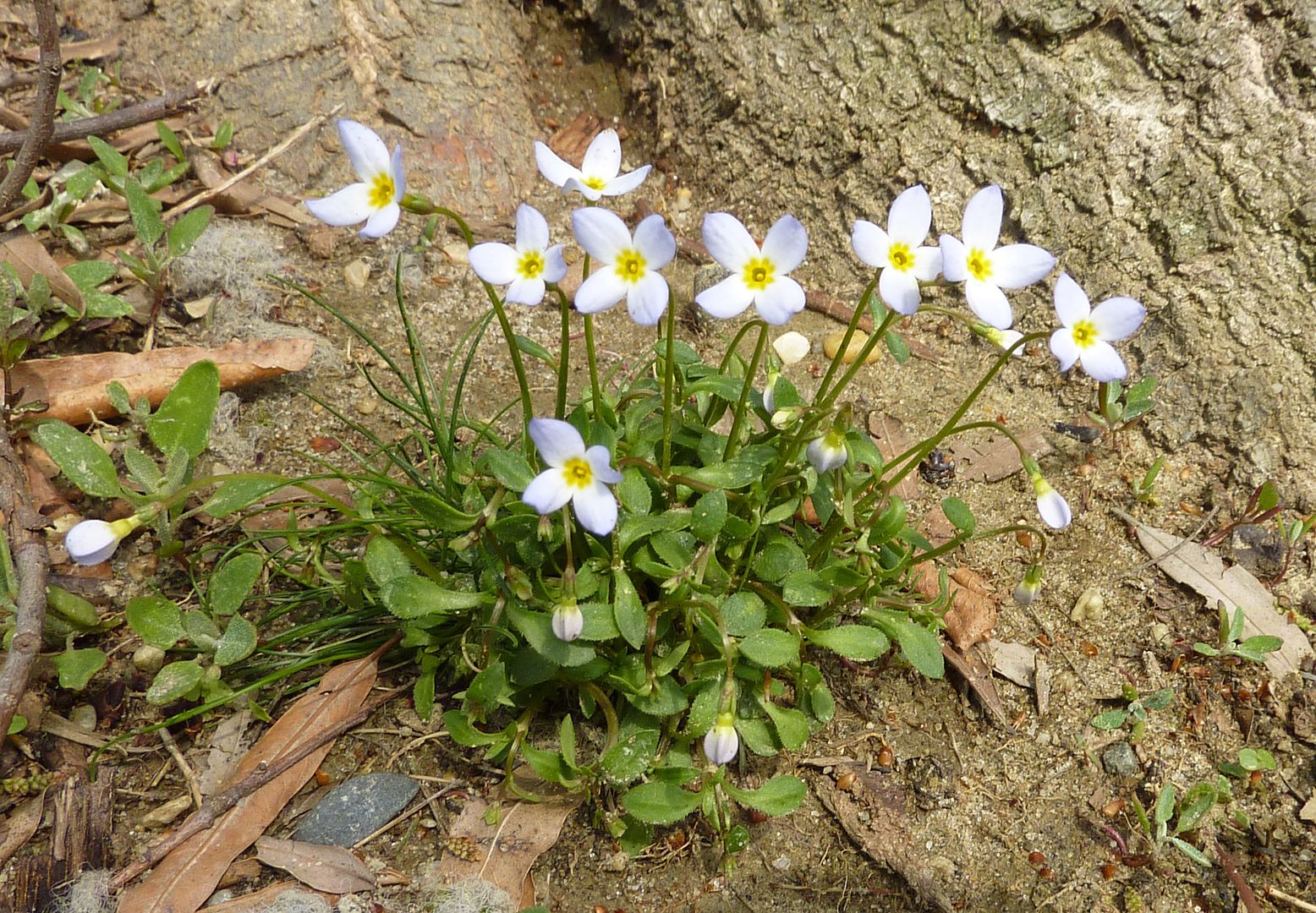 |
| Bluets. Photo from 2011 |
Mixed in with the Spring Beauties, (and in a few other places,) were Bluets, Hedyotis caerulea. Unfortunately I'm not sure if they made it through the winter, which would be odd because I planted them the fall of 2010 and they survived that winter to flower in 2011, however the foliage went dormant over the summer. I'm starting to see little leaves come up that "might" be them but frankly they look like newly germinating plants even at adulthood so it's hard to tell. Hopefully they come back! I would love for natives like these to just take over my lawn.
Stupid Fun With Trees
I Want One!!! This thing looks like stupid fun. The Rope Tek Wraptor costs only $2,495.00. Now who wants to buy me one? Come on people I want to throw water balloons at passing birds from 60' up.
Kudos to the Growing Wisdome Website for featuring this product. Their YouTube Channel updates on a fairly regular basis with great videos that feature products, plants, and even talk about natives from time to time.
Tuesday, March 13, 2012
Ant Chat 2011 B-Roll!
This is all footage from last year that didn't fit any of the narratives of last year's season of Ant Chat. Either I didn't have enough for one topic, or it would have been too much for the show or taken it in some other direction. Anyhow enjoy.
Sunday, March 4, 2012
Philadelphia International Flower Show 2012
I just got back from the Philadelphia International Flower Show 2012. This year's theme was an Orchid Orgasm!
Actually this year's theme was Hawaii: Islands of Aloha, which is news to me because up until I arrived I thought it was Waves of Change or something. Anyhow this is easily the best flower show I've gone to so far.
Let's begin by discussing my strategy of showing up as early as possible. Despite being Sunday morning I was surprised to see how many old ladies skipped out on church to come see the show. Even then the crowds weren't as awful as they have been in the past and I wish the best of luck to anyone thinking they're going to be able to walk comfortably after twelve noon. The main theme exhibits are where all of the traffic jams occur. Supposedly more than 10,000 people are expected to show up the first day, and I can say from past experience that it's not an unrealistic goal for weekdays either. One women was practically forcing my hand into her purse as she pushed me out of the way to take a photo. The artistic, floral, and educational exhibits don't draw nearly as big of a crowd, so beyond the main exhibit everyone disperses nicely.
Actually this year's theme was Hawaii: Islands of Aloha, which is news to me because up until I arrived I thought it was Waves of Change or something. Anyhow this is easily the best flower show I've gone to so far.
Let's begin by discussing my strategy of showing up as early as possible. Despite being Sunday morning I was surprised to see how many old ladies skipped out on church to come see the show. Even then the crowds weren't as awful as they have been in the past and I wish the best of luck to anyone thinking they're going to be able to walk comfortably after twelve noon. The main theme exhibits are where all of the traffic jams occur. Supposedly more than 10,000 people are expected to show up the first day, and I can say from past experience that it's not an unrealistic goal for weekdays either. One women was practically forcing my hand into her purse as she pushed me out of the way to take a photo. The artistic, floral, and educational exhibits don't draw nearly as big of a crowd, so beyond the main exhibit everyone disperses nicely.
You enter the show under curved view screens that display waves which help set the tone. They're lined with white orchids and something else that's rich with the fragrance of pollen. This sudden hit of fragrance at the entrance has always been a key point to making a good show, but wasn't as strong as in past years.
From behind, the big wave isn't nearly as impressive but it's nice to see the use of technology.
The main theme exhibit is a massive waterfall which I wasn't able to do justice to. It's as tall as the Aggro Crag but covered in Orchids and has a waterfall down the front!
This is so much more impressive than a mary-go-round and two legs of the Eiffel tower that highlighted last year's show.
Orchids take the place of Rhododendrons which where almost completely absent from the show itself. And it took me a good hour of walking before I saw my first bulb which is really saying a lot for the designers of this year's show.
Exhibits were happily growing pineapple right in the scenery.
Star Fruit, Honey Melon, Bananas, I love it when food plants are used in these displays. (I would have centered this picture better but there was this women in a wheel chair who fought a lot harder than me to get a better angle.)
All I recognize here are Paradise Flowers and I'm not even confident with that ID.
I'm also unsure why some of them were growing hair.
Apparently this table won some awards. I have to admit I'm completely ignorant to the judging process or even what categories there are. Stopping to read anything just isn't practical at these crowded shows.
This is the end of an exhibit who's line was moving to slow to even bother with. I liked the flowers here but the rest was manikins dressed in native Hawaiian attire standing around huts and surf boards, and at a glance looked stereotypical and offensive, despite its educational attempt.
Despite the lack of flowers here, this was one of my favorite of the theme displays.
It shows more of a Hawaiian badlands area. Actual volcanic rocks were used throughout. The large tower to the left is made of stacked break pads and train wheel-like parts.
It's reminiscent of a meadow and I think that's why I like it so much.
The landscapers this year seemed to be confused where to focus their attention. The main theme of the show is tropics so they have the option of going with that theme or staying true to what works around here. I might be mistaken and this could be an artistic exhibit but they've tried to create a lava effect. (My map has this labeled as a landscaping exhibit though.)
For lack of a better image I like how this one was more casual in showing off an ideal back yard get away. They used actual white sand for their entire exhibit which expands far off to the right out of frame.
This was probably the smartest of the designs, as far as stirring up local business is concerned. Change out a few of the plants and I could see this being someone's back yard.
Also something I noticed about exhibits with ponds in them. Everyone keeps throwing money in them!
To me this was as eye catching as the main theme exhibits. Note that some of the buildings have rooftop gardens. It's begging for a topiary Godzilla ... or lawn mower... or topiary Godzilla vs. the Lawnmower!
The models are well made, and the tiny plants are almost perfectly scaled to be trees.
Sure the roads look a little cheap but that's a pretty good representation of the Philadelphia Museum of Art.
There was one there which a memorial to the Battleship Arizona, complete with names of the officers who died as the focus of their design.
As a side note I noticed the really tall Snapdragons were in one of the artistic exhibits.
These are my two favorite staged designs. There were other art exhibits surrounding but I don't follow them that much. Paintings of flowers, dresses made of flowers, tiny window boxes of flowers... it all starts to look the same after a while.
The EPA had an exhibit on display featuring all native plants! I didn't have time to stop and read the labels to all of them but there were lots of small blue phlox coming into bloom.
Rhododendrons (I think the only ones to appear at this year's show) were also part of their exhibit along side blueberry plants in flower.
Carnivorous pitcher plants were also flowering.
Blueberries in flower.
Fothergilla grande.
An issue with using natives is fewer nurseries grow them and aren't willing to expend their stock by forcing them to flower out of season. The result is often green and brown being the most common colors at this time of year. In years past I think they used witch hazel, and berry plants in their exhibit.
Onto what I'm calling the orgasm of orchids. What seemed like more than a third of the Horticultural part of the show was comprised of nothing but Orchids!
I knew this was a big family of plants but there was a ridiculous amount of variety here.
One of the prettiest pictures I took at the show.
This one actually grew like a tree or Rhododendron with all it's flowers atop the taller stems.
Here's an Orchid that wants to be a Trillium.
Talk about out growing its pot.
Pineapple!
Ipheion... Why don't people just use Blue Eyed Grass?
Didn't get the name of this one but it's nice.
Someone had an Amorphophallus titanum at the show! This is a great big tropical plant that takes something like 50 years to make a very awful smelling flower.
And last of all there's the area reserved for the usual crap. Crocuses, Daffodils, Irises, Narcissus, Tulips, Hyacinths have all been included in the main theme exhibits in the past 4 years that I've gone to the show. While there's something wonderful to say that you can see them in professional designs buy them at any garden center, it eventually begs the question why anyone would ever pay money to see them at a show if that's all they're going to use. The fact that they were didn't use them at all is what makes this the best flower show I've ever been to.
Now a brief moment of shopping.
This vender was a crazy person. They're selling snowdrops in individual pots. You can buy them normally at any garden center by the bag for a few dollars. Some of them are 'cultivars' but it's hard to justify buying them this way. The pot and dirt are probably more expensive than the bulb inside of them. Having slightly more green spots, or a stem that's slightly shorter than normal on a plant that's barely noticeable to begin with ... Like do any of these honestly look that different from the norm!? They're Snowdrops! It's not uncommon for them to flower in the snow. No one is laying down in the mud or snow just to see how this cultivar differs. The effing flower even faces the ground! I don't even think they're double flowering!
Orchids, 3 for $20. If I knew how to grow them these properly that sounds like a great deal.
Seed packets for Thistle. It's a nonnative currently invading the west coast but thistle all the same.
My only real complaint was that I didn't get laid at the show, though they were selling them. So that was the show this year. LOVED IT!
Also Fun Fact: A Hawaiian Luau doesn't get the same result as Mardi Gras beads.
Subscribe to:
Posts (Atom)

